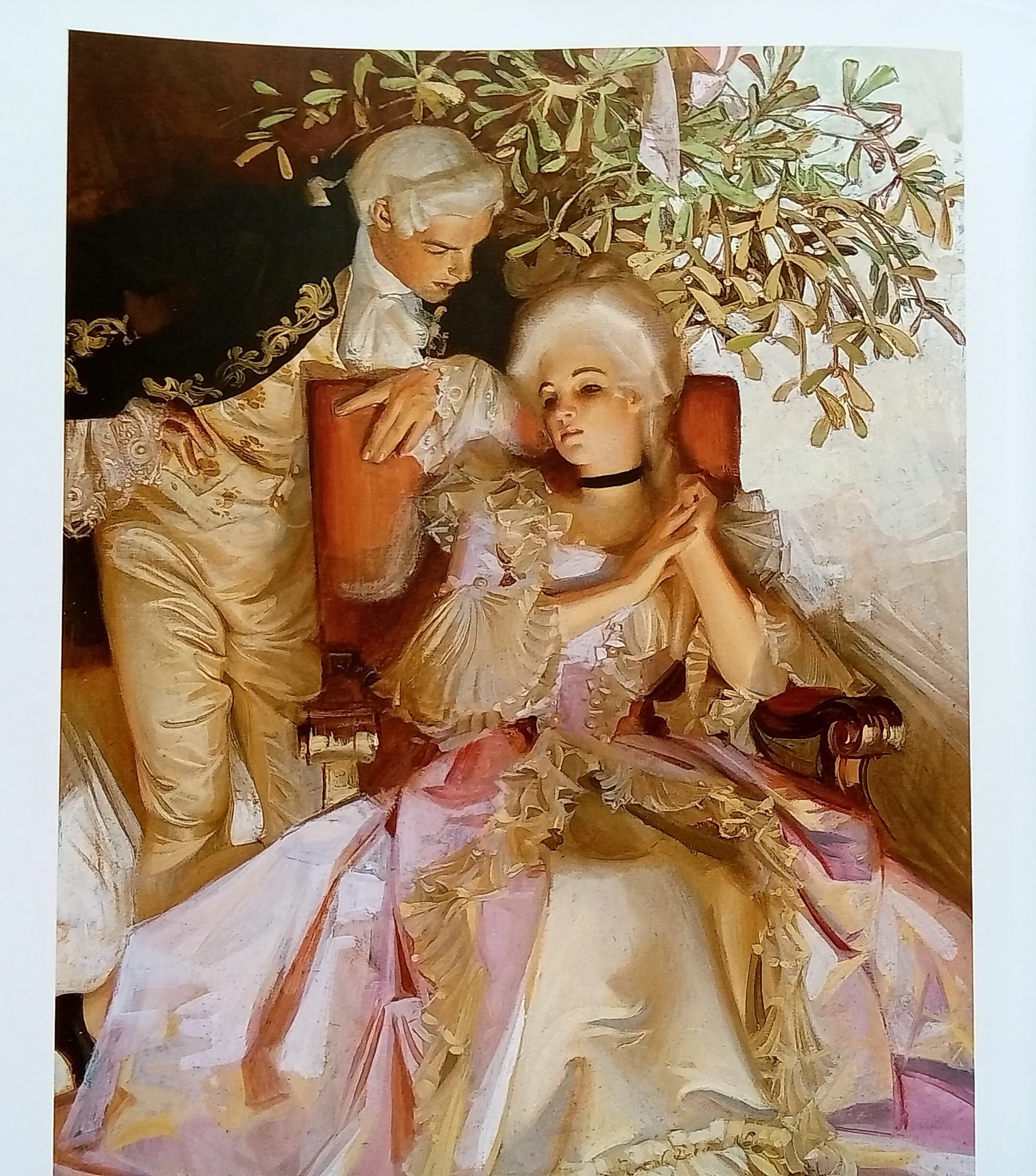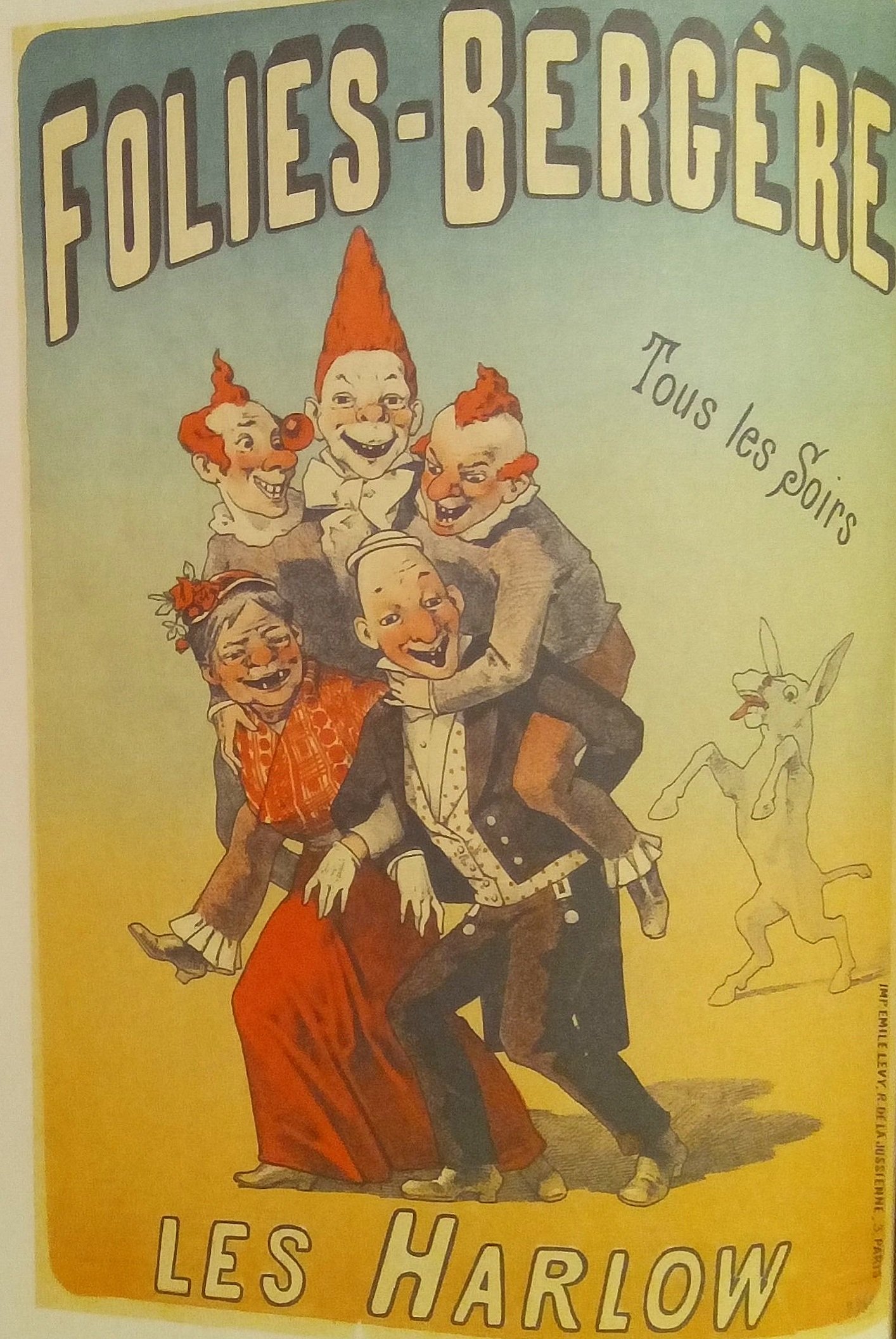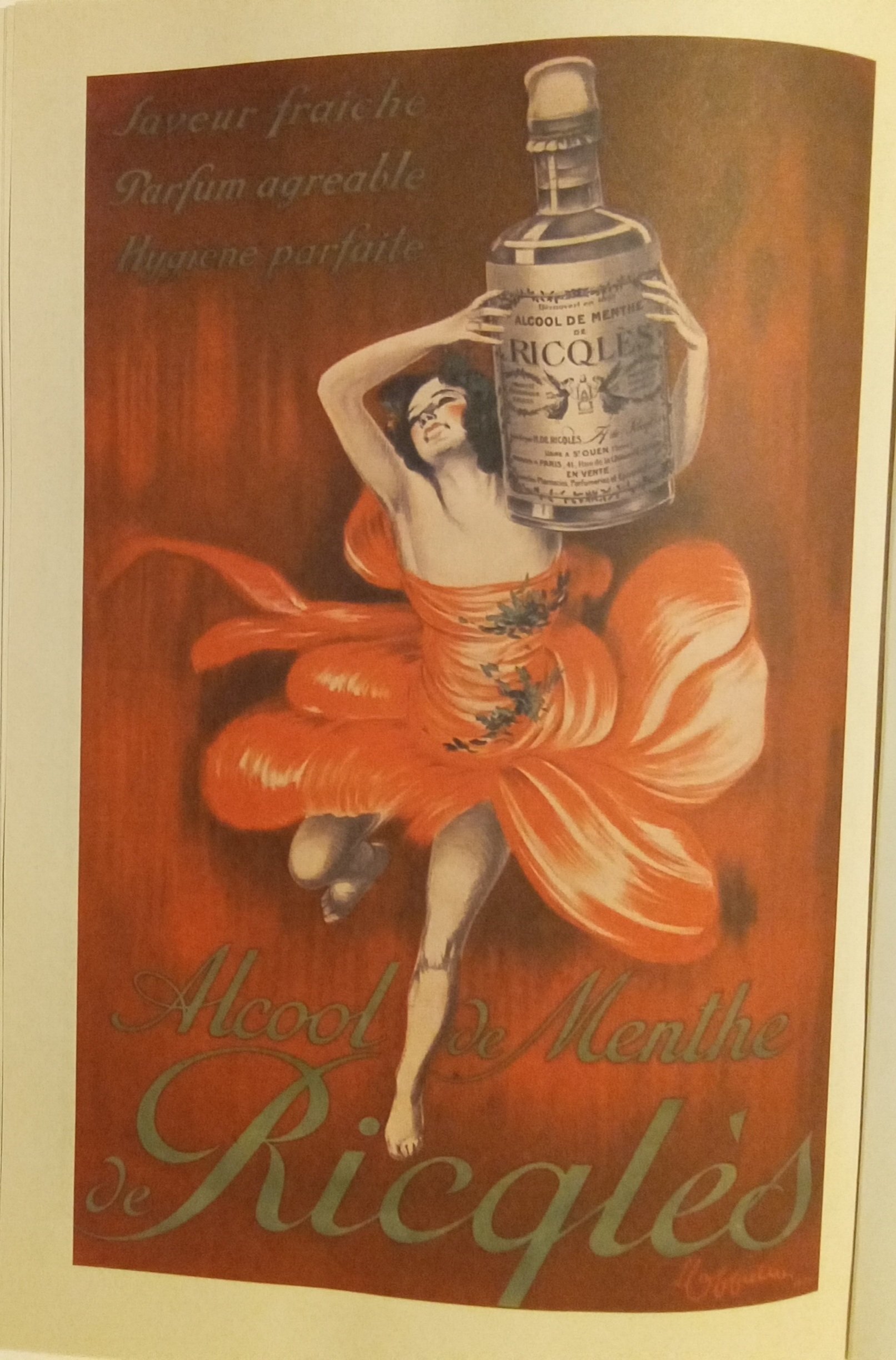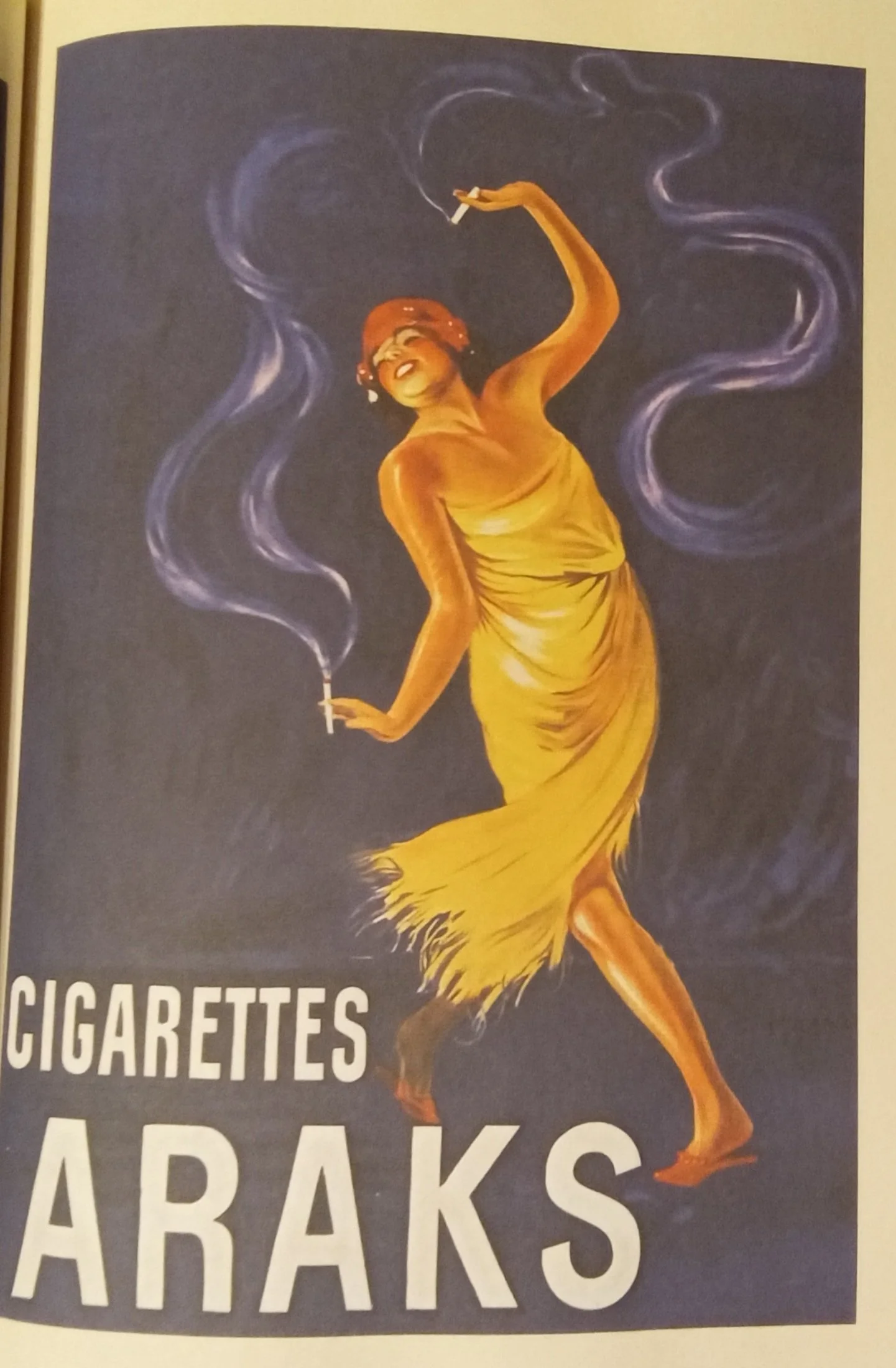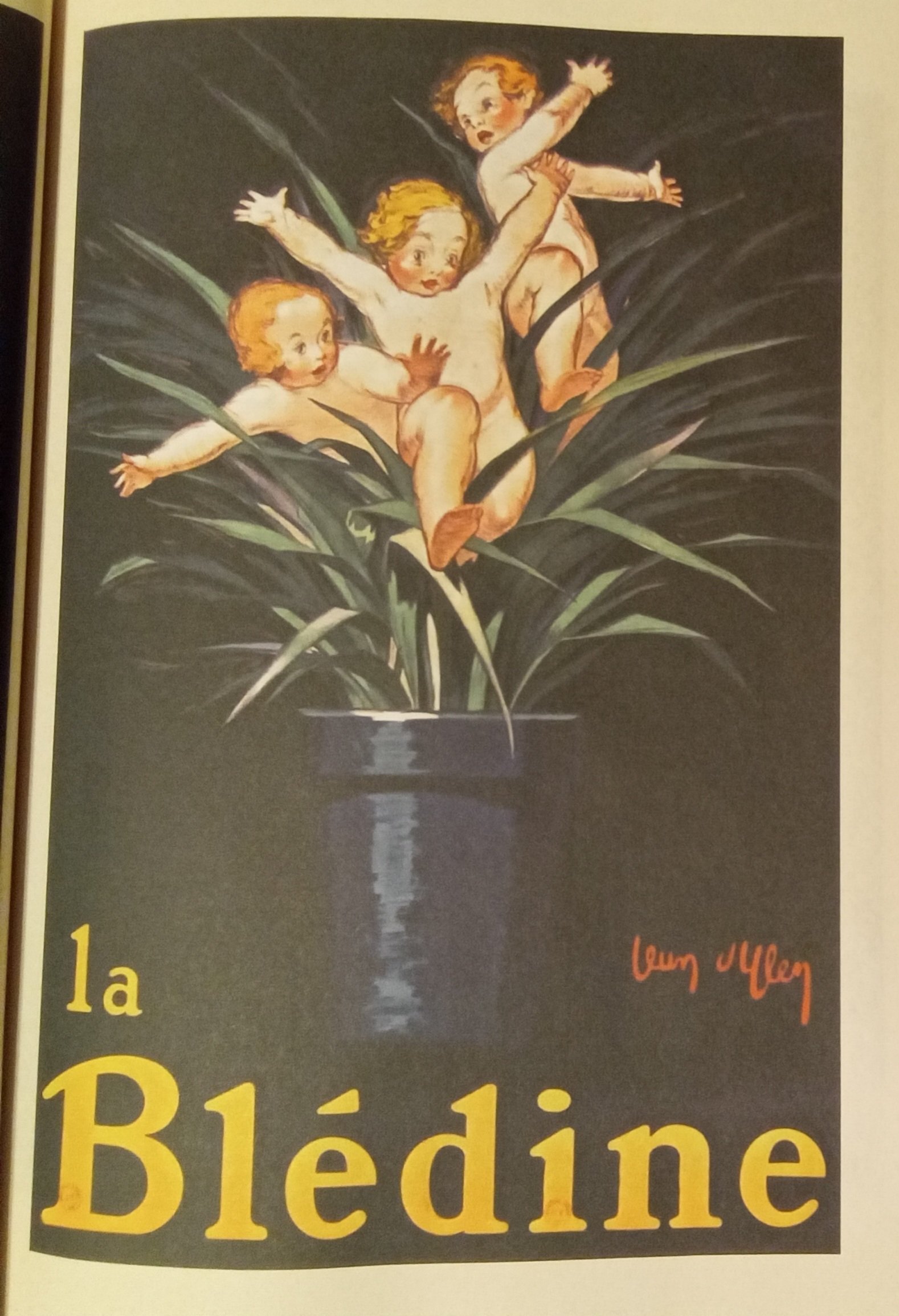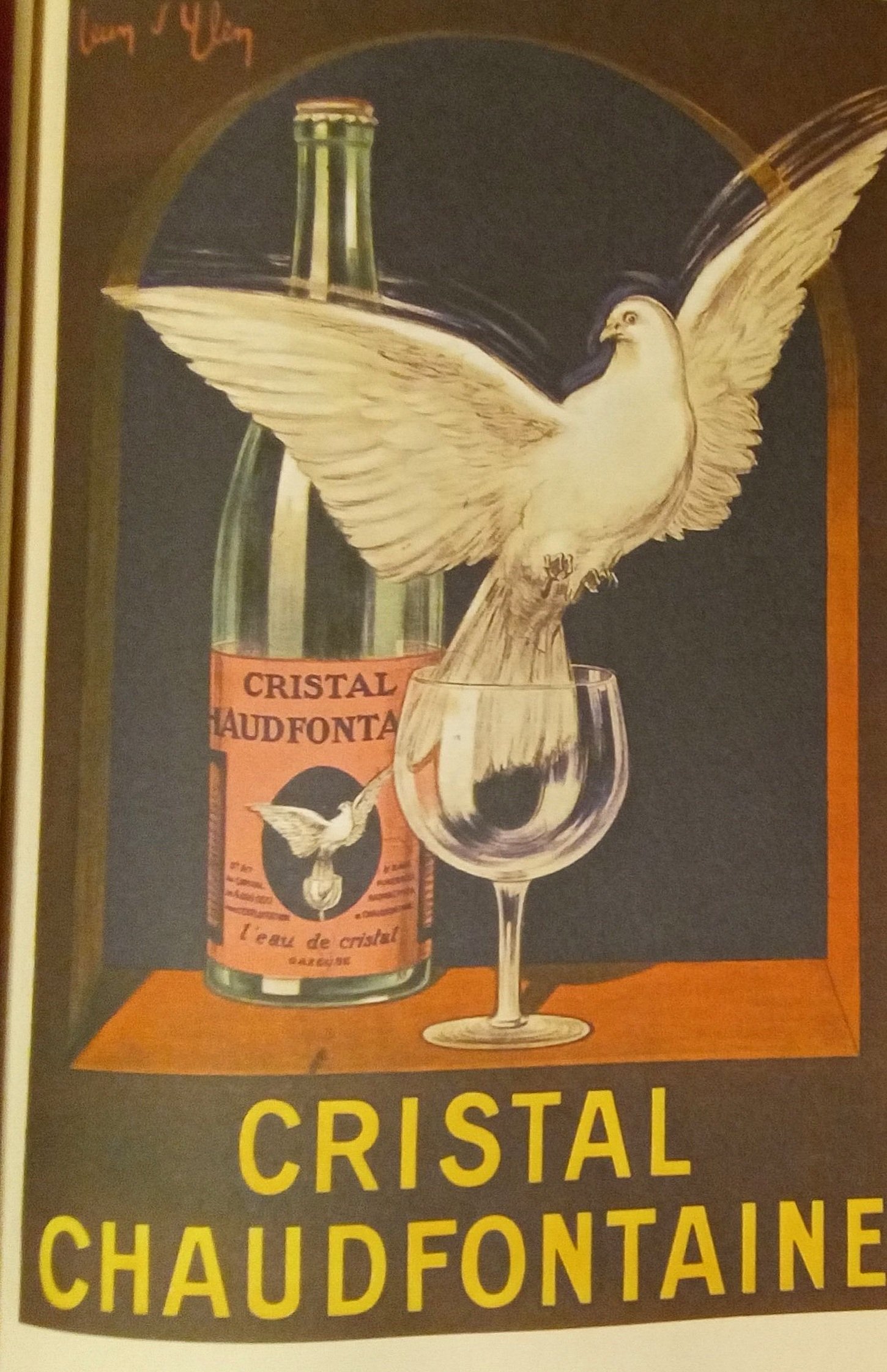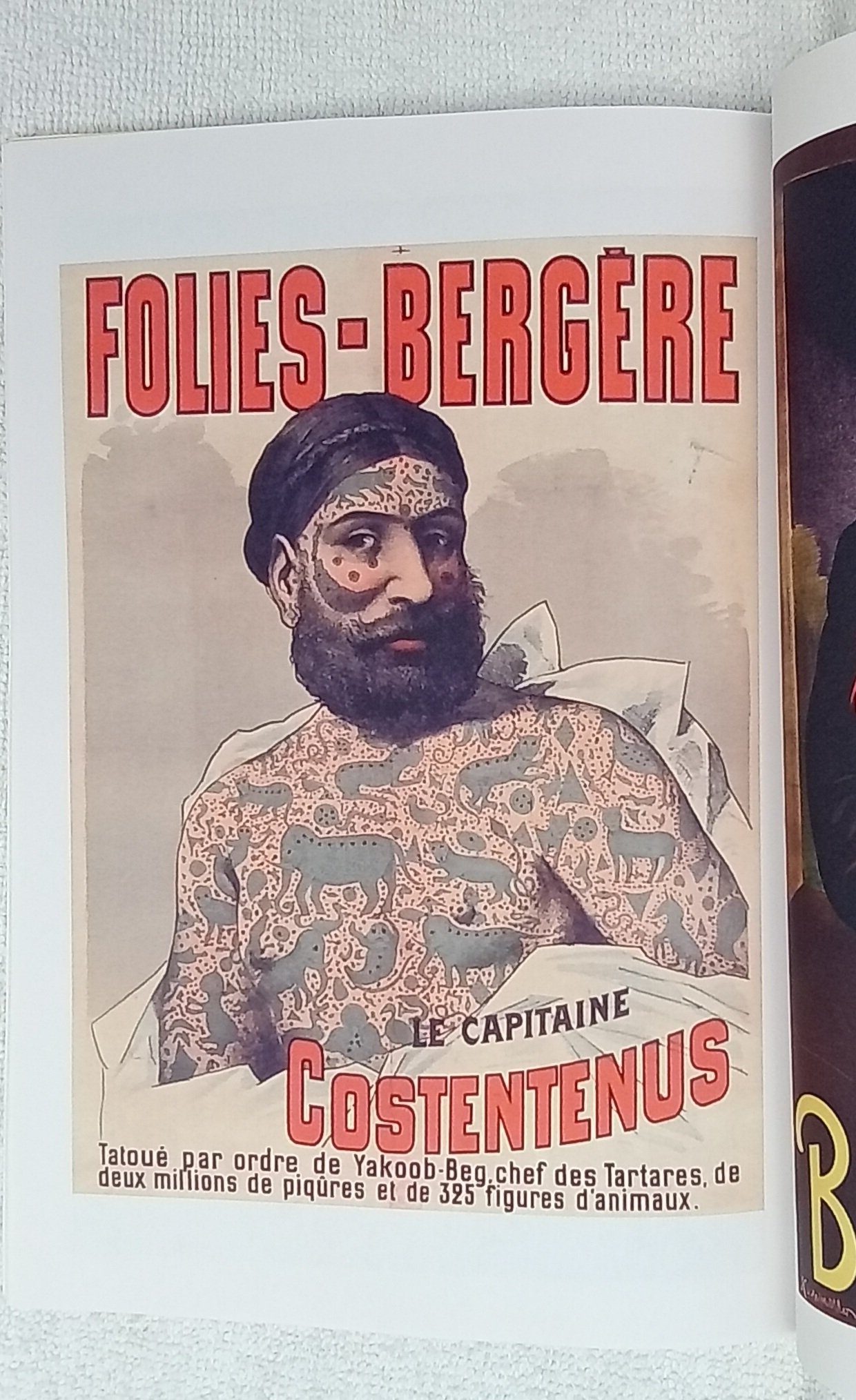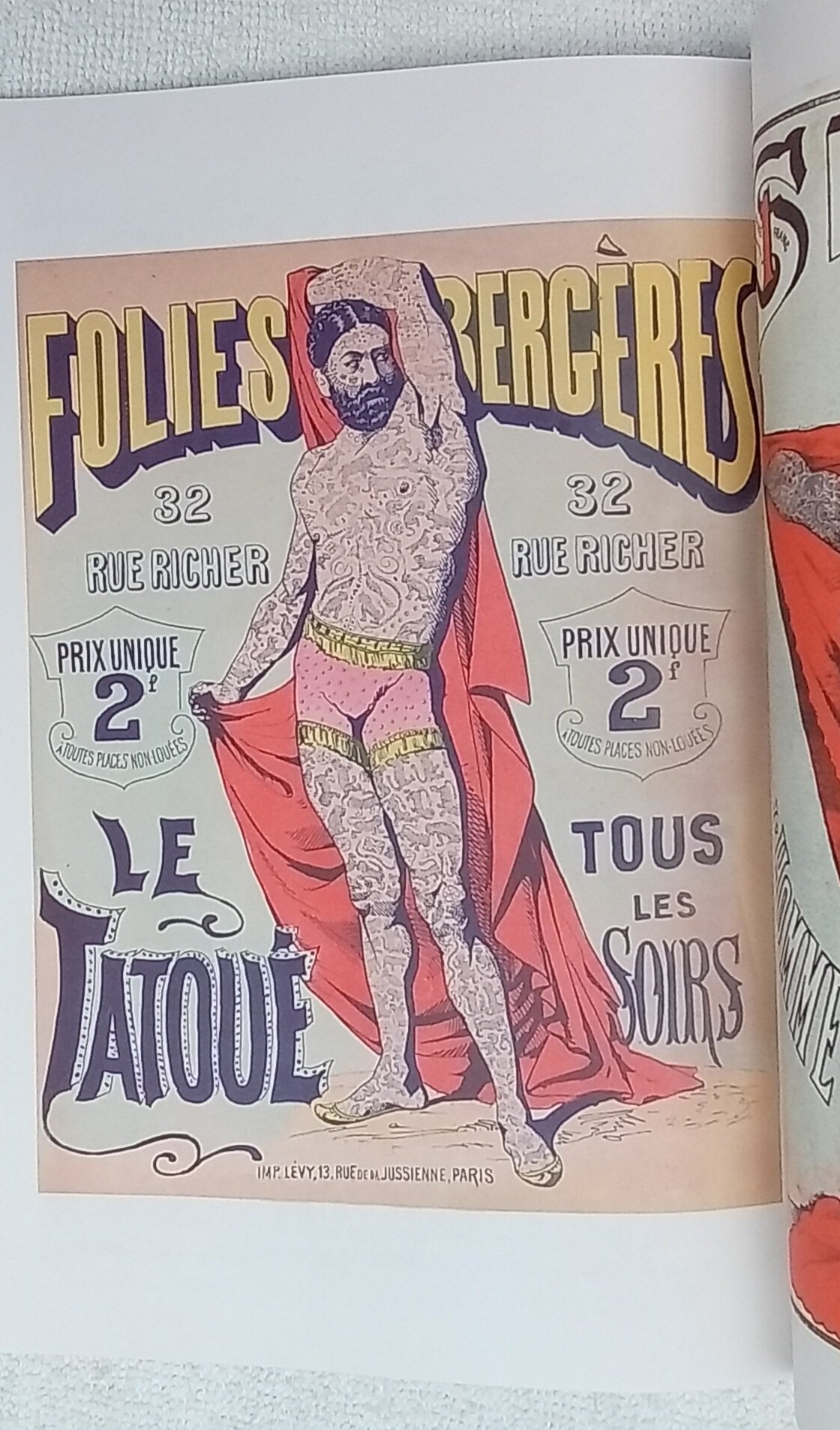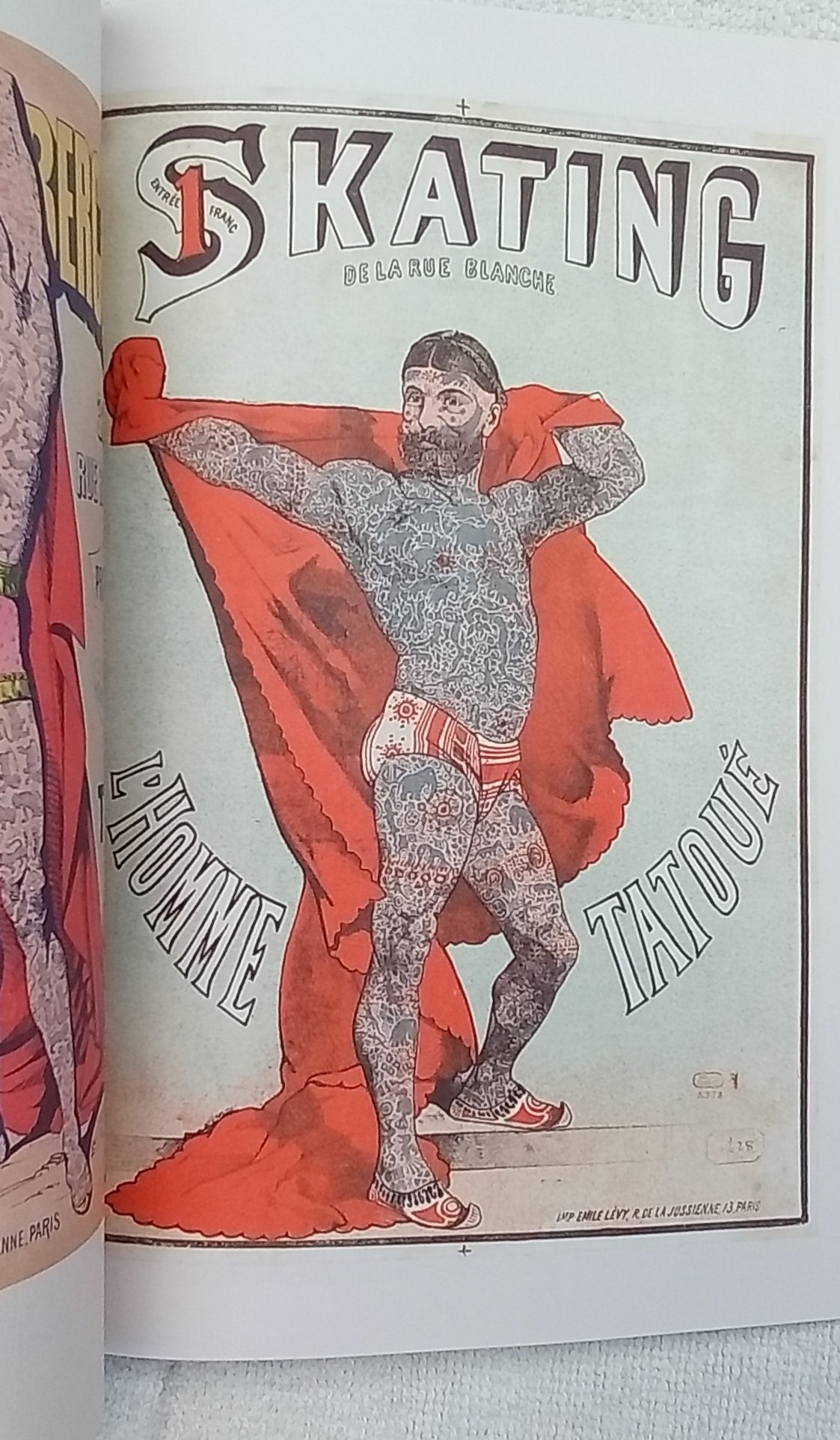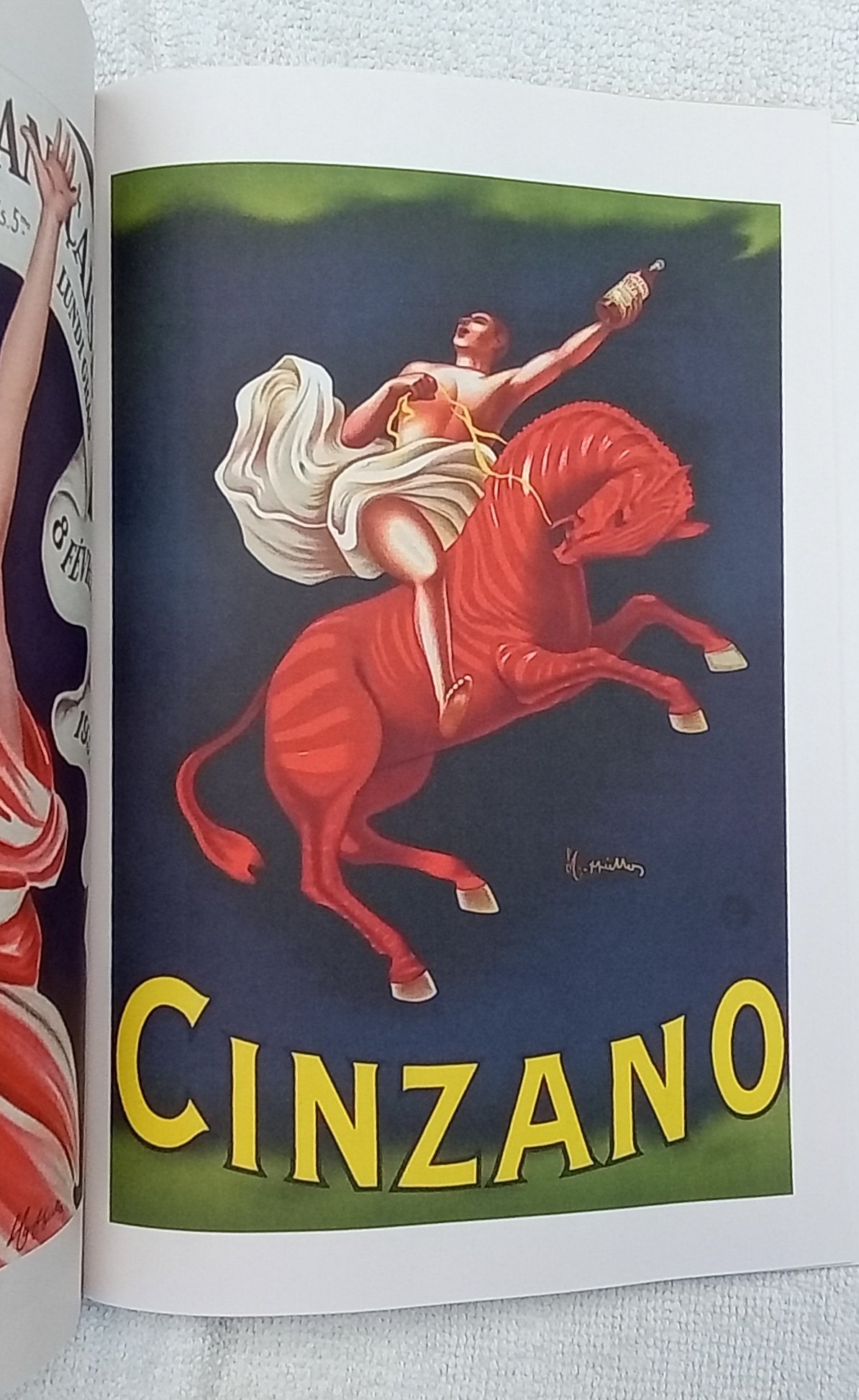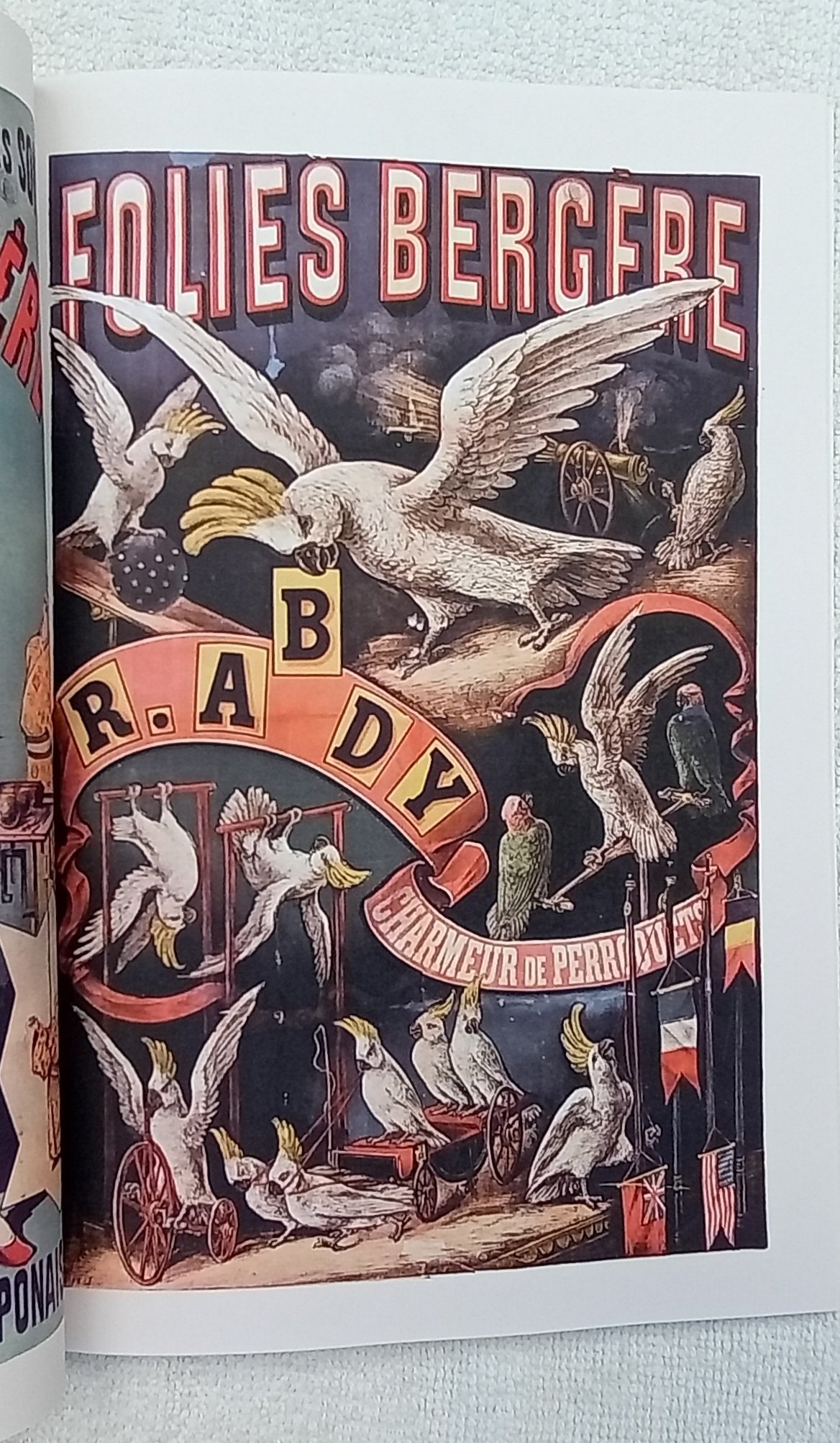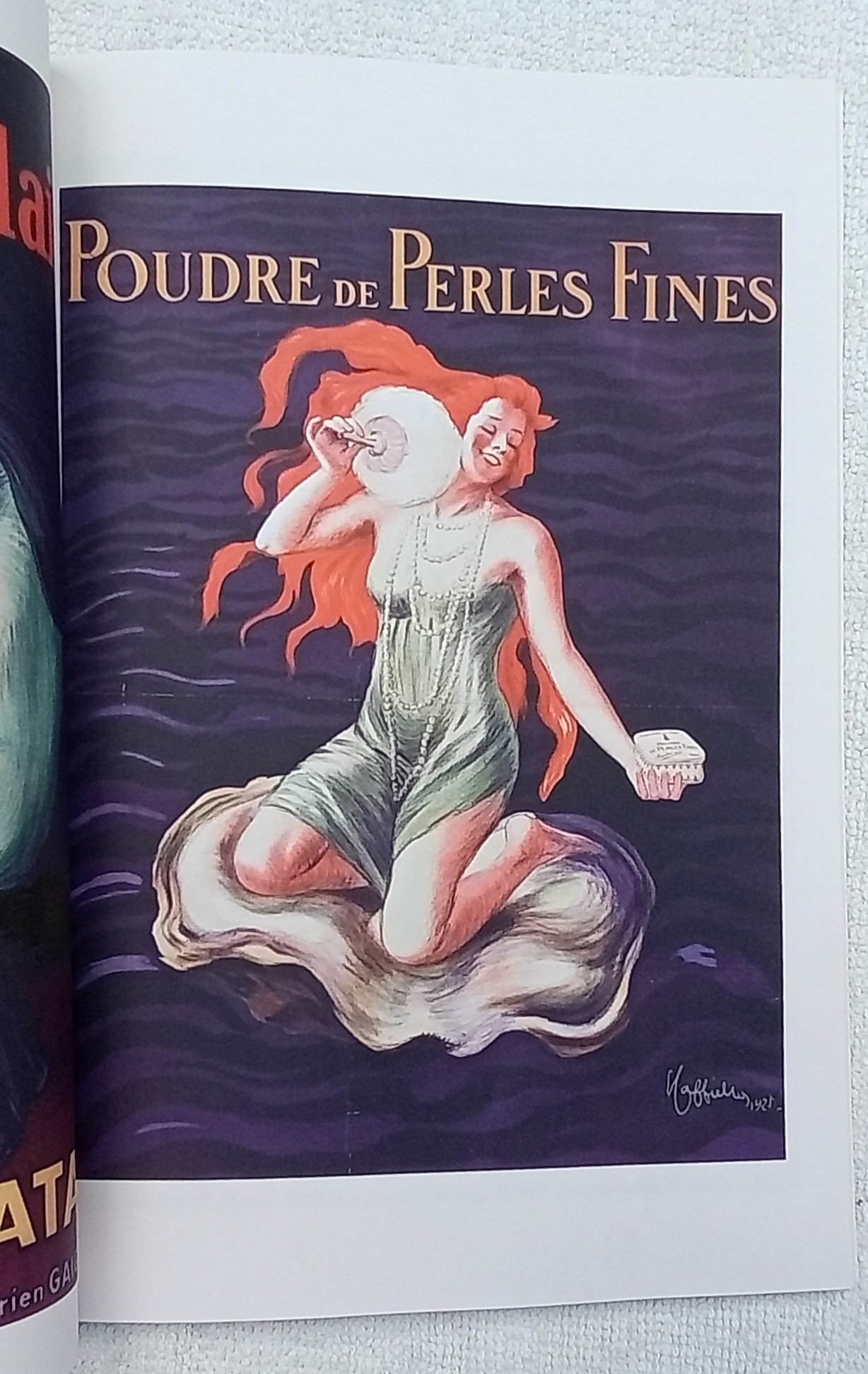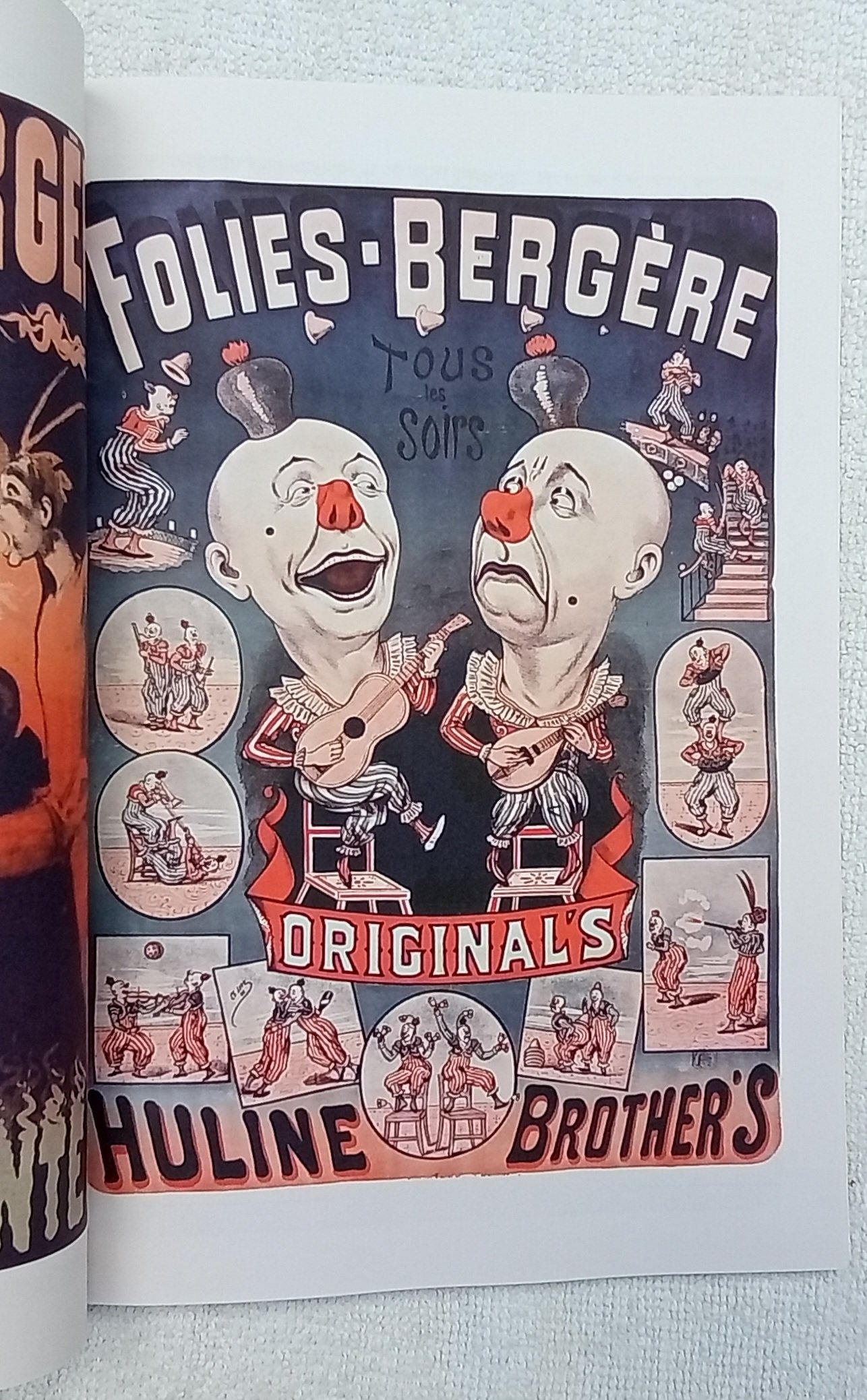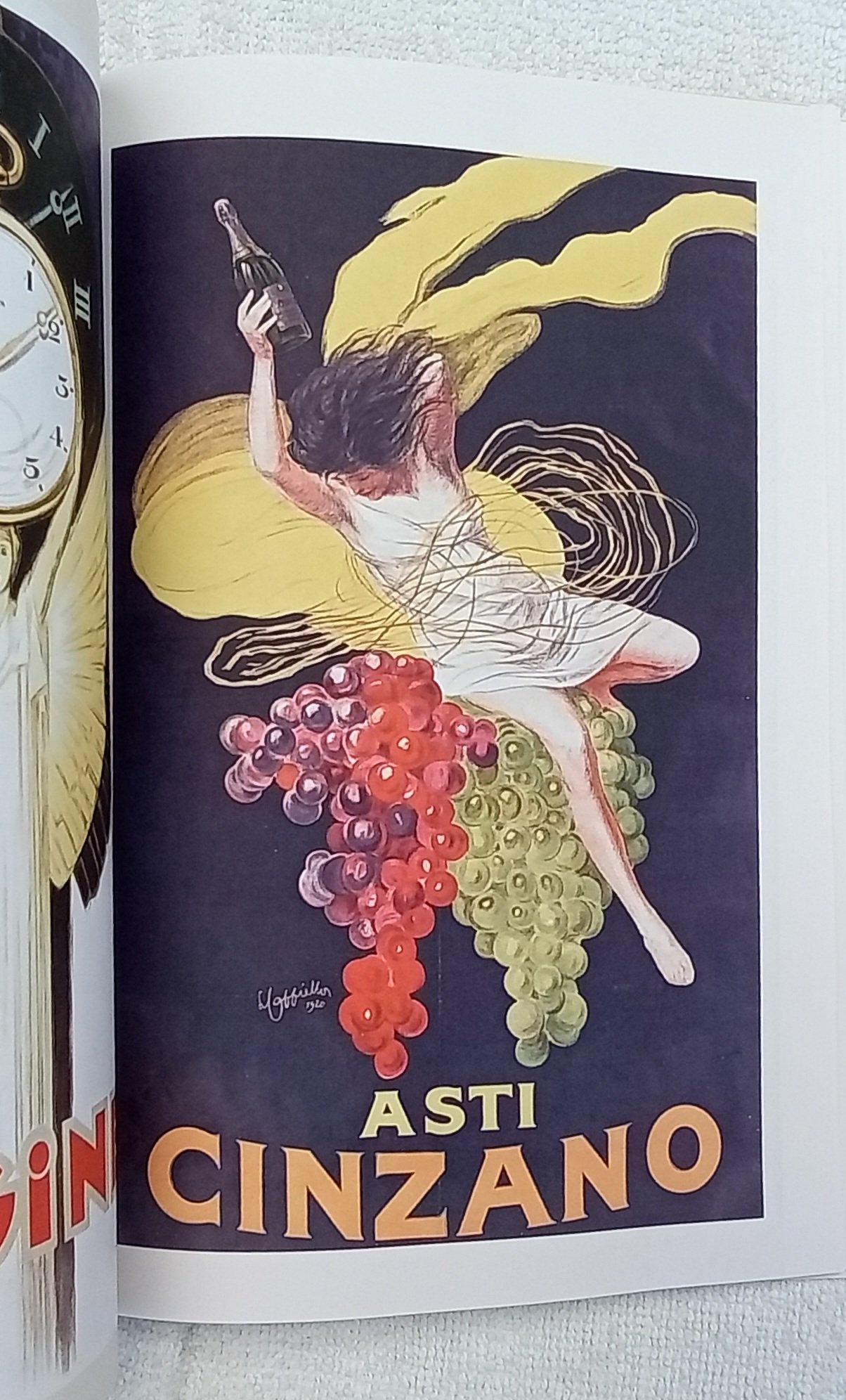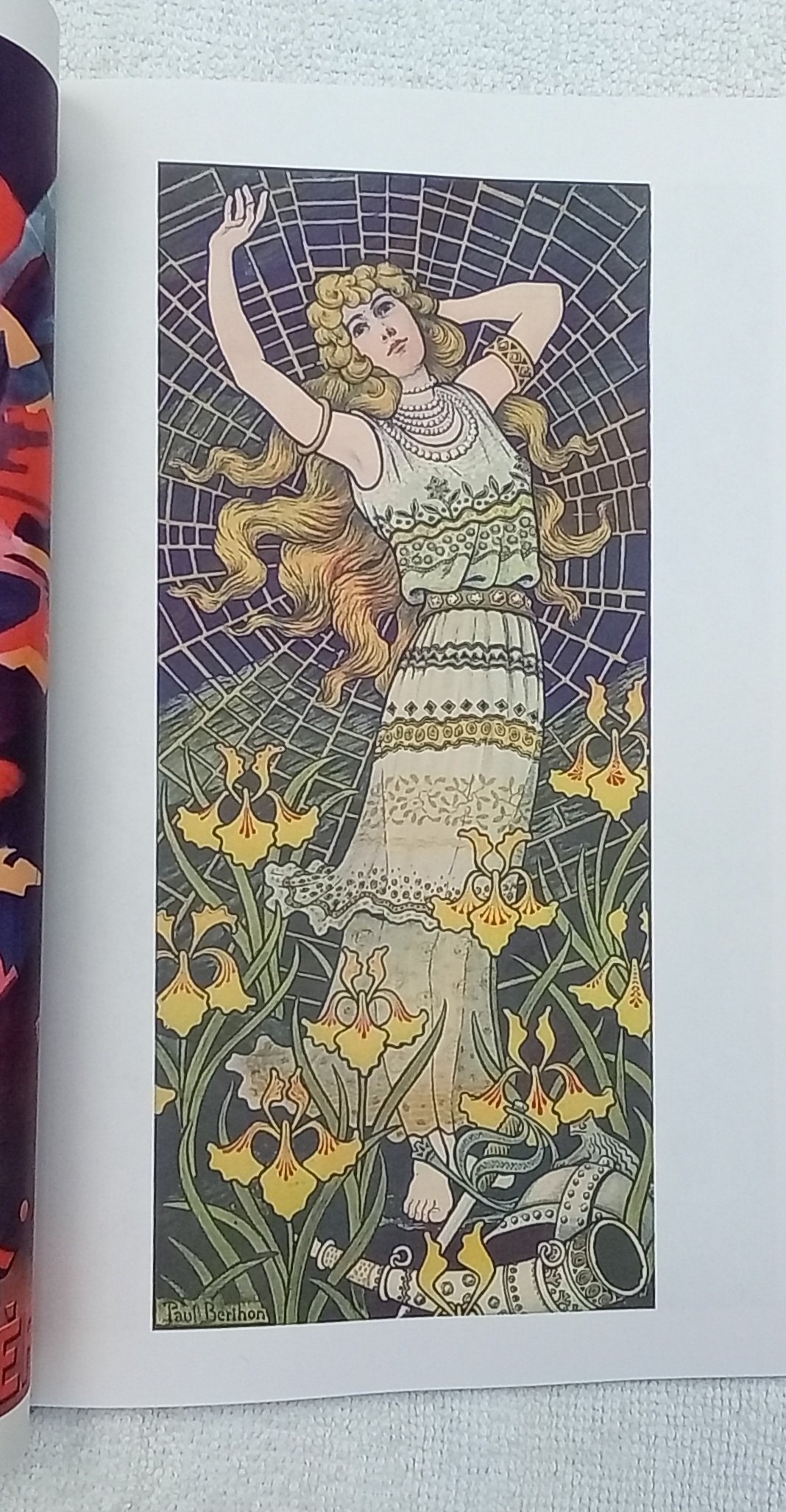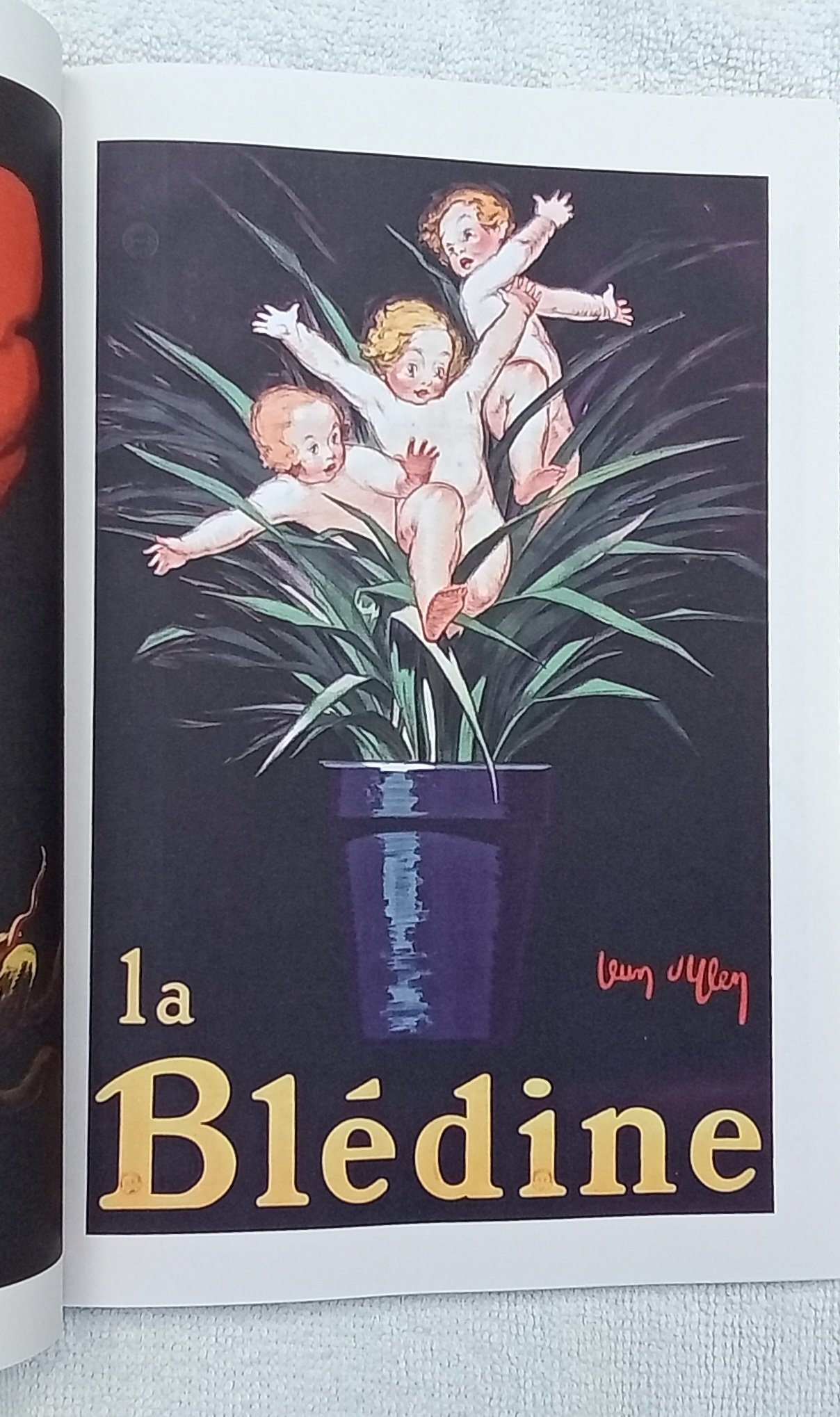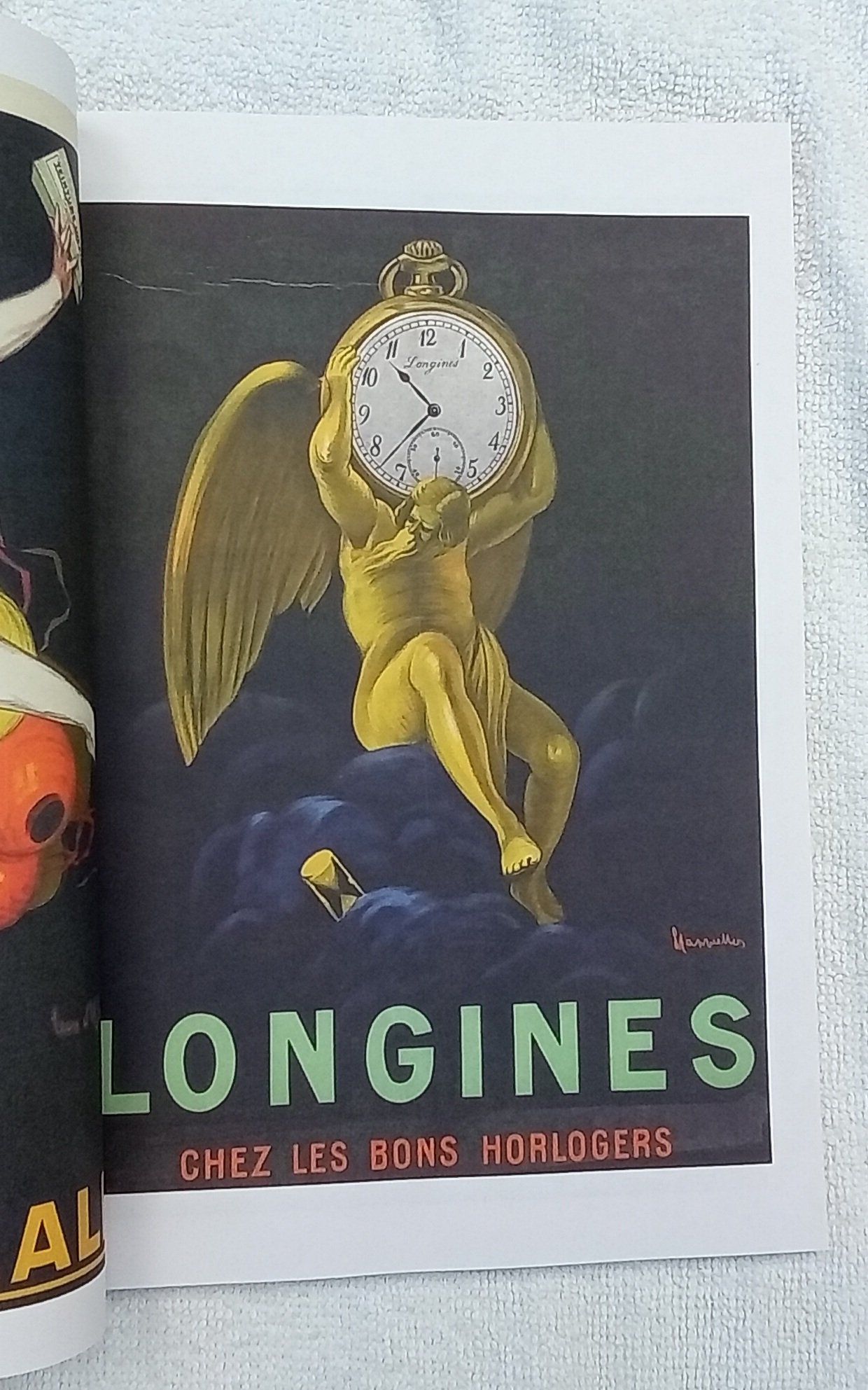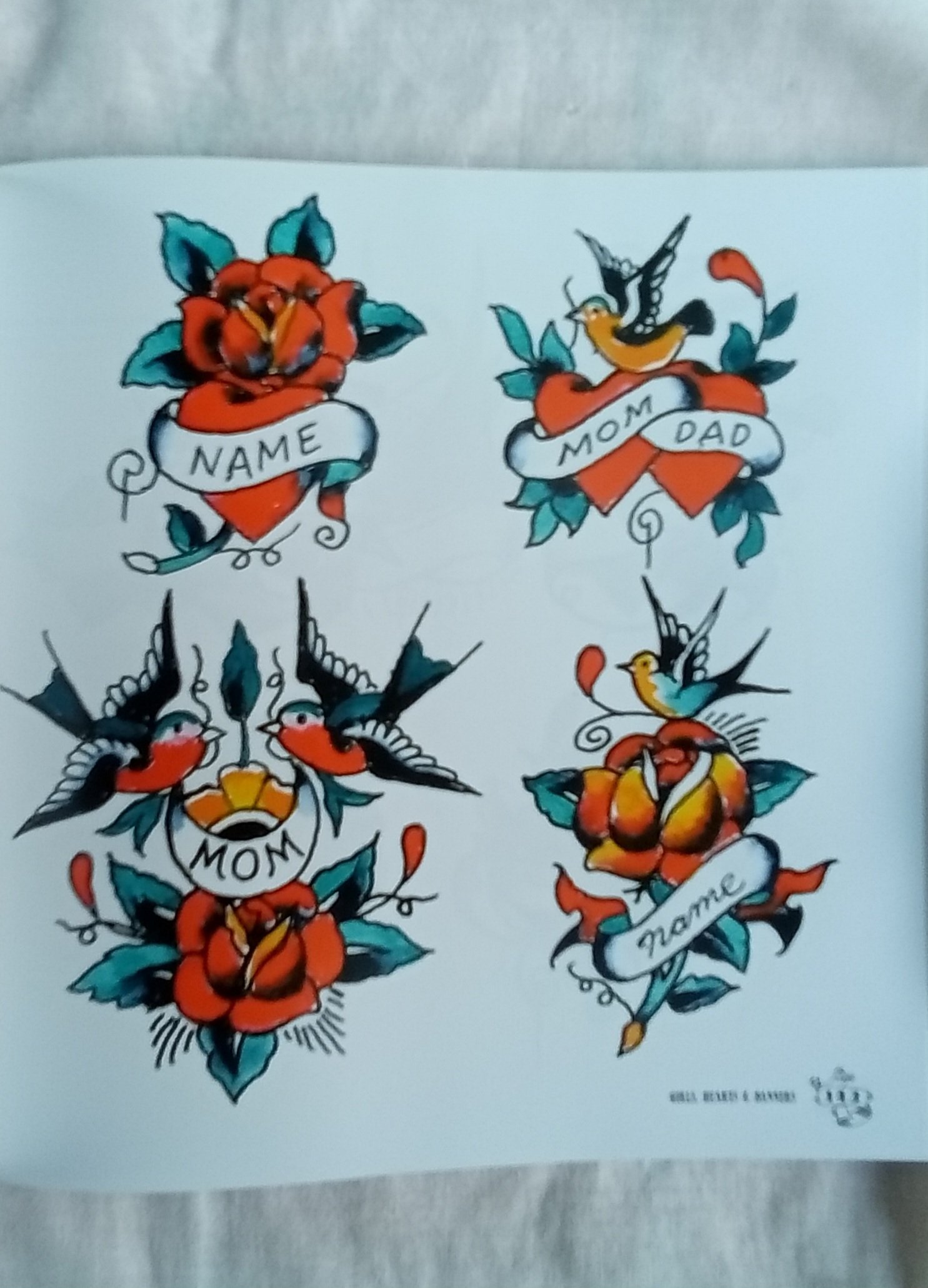 Image 1 of 23
Image 1 of 23

 Image 2 of 23
Image 2 of 23

 Image 3 of 23
Image 3 of 23

 Image 4 of 23
Image 4 of 23

 Image 5 of 23
Image 5 of 23

 Image 6 of 23
Image 6 of 23

 Image 7 of 23
Image 7 of 23

 Image 8 of 23
Image 8 of 23

 Image 9 of 23
Image 9 of 23

 Image 10 of 23
Image 10 of 23

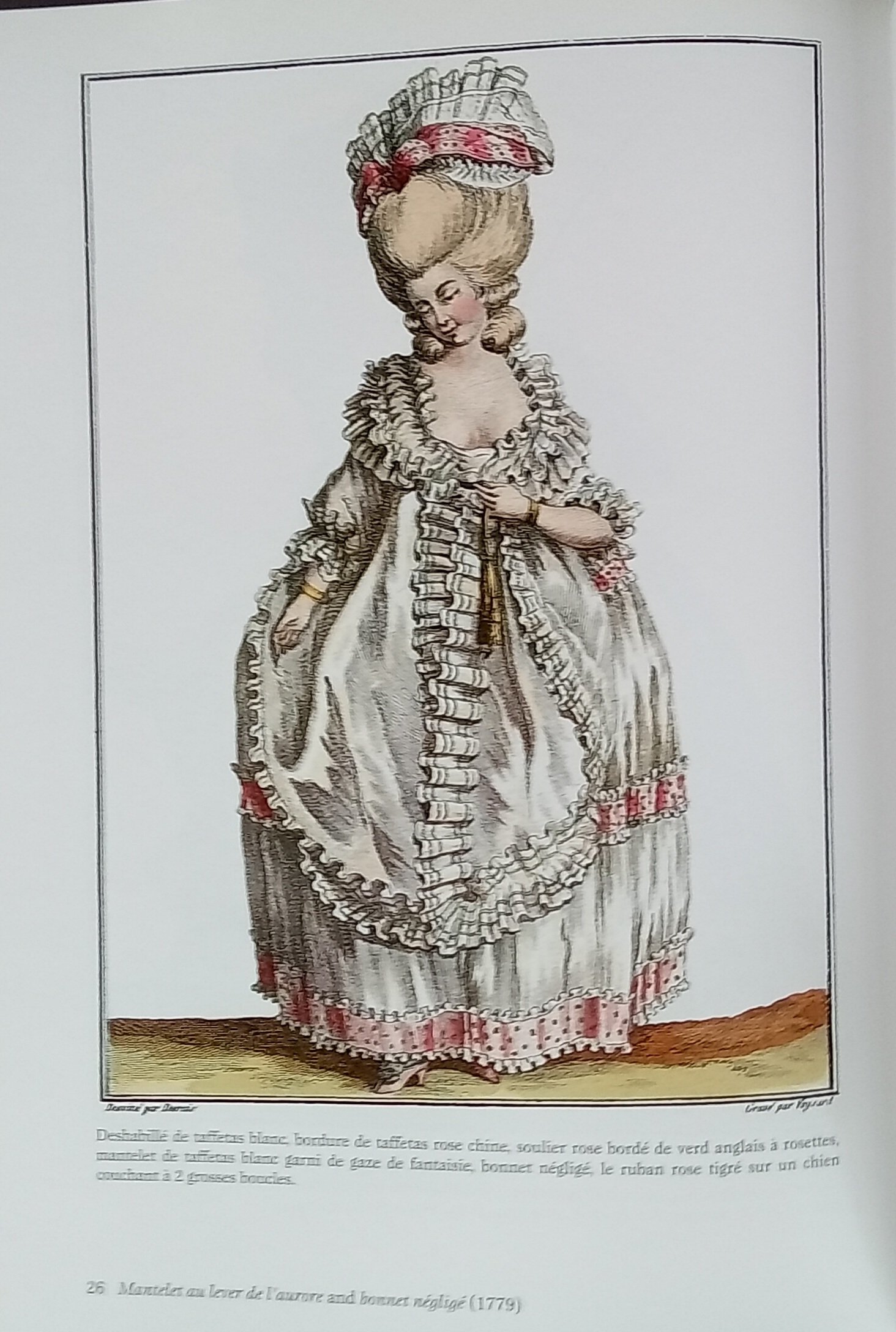 Image 11 of 23
Image 11 of 23

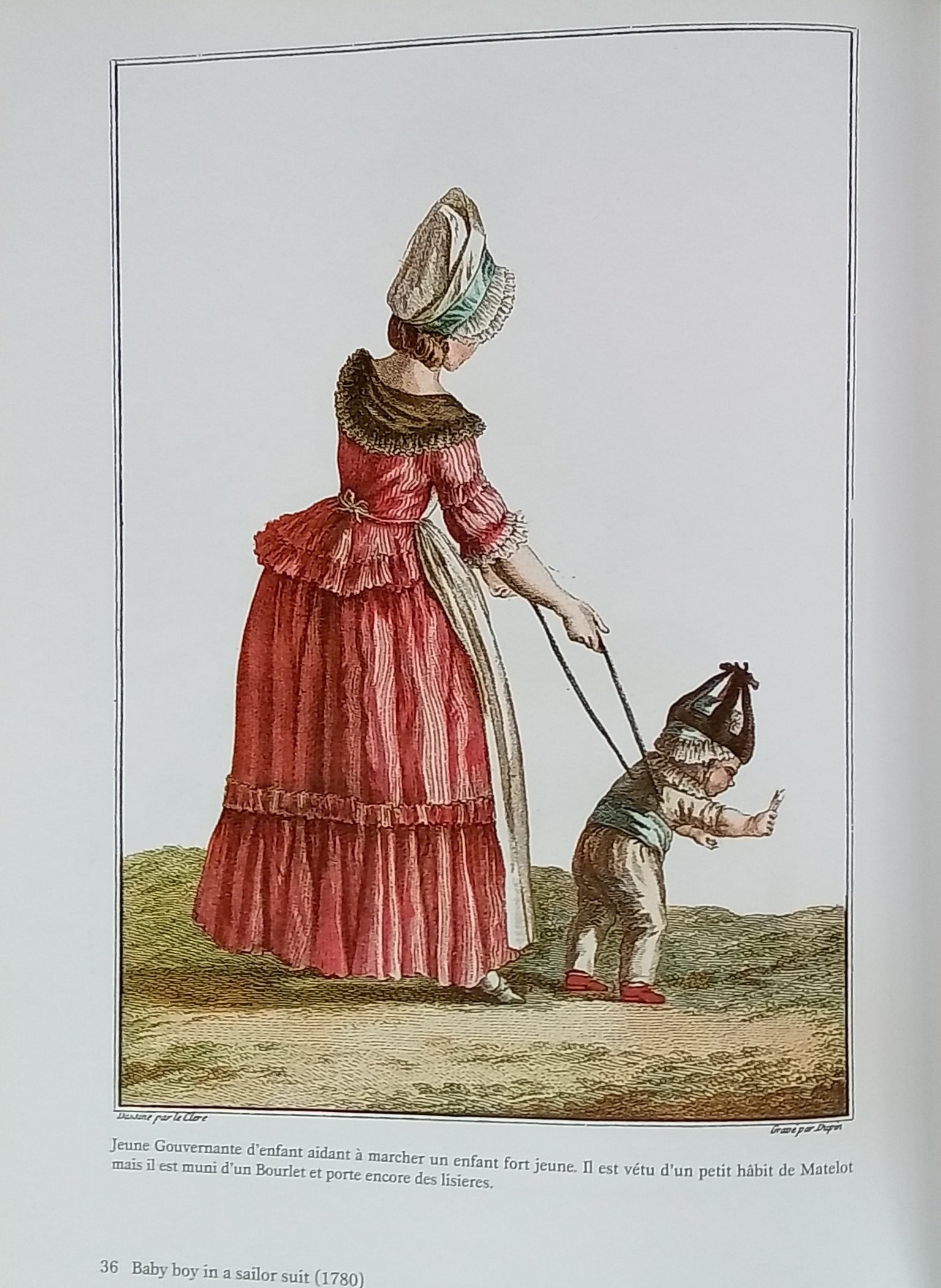 Image 12 of 23
Image 12 of 23

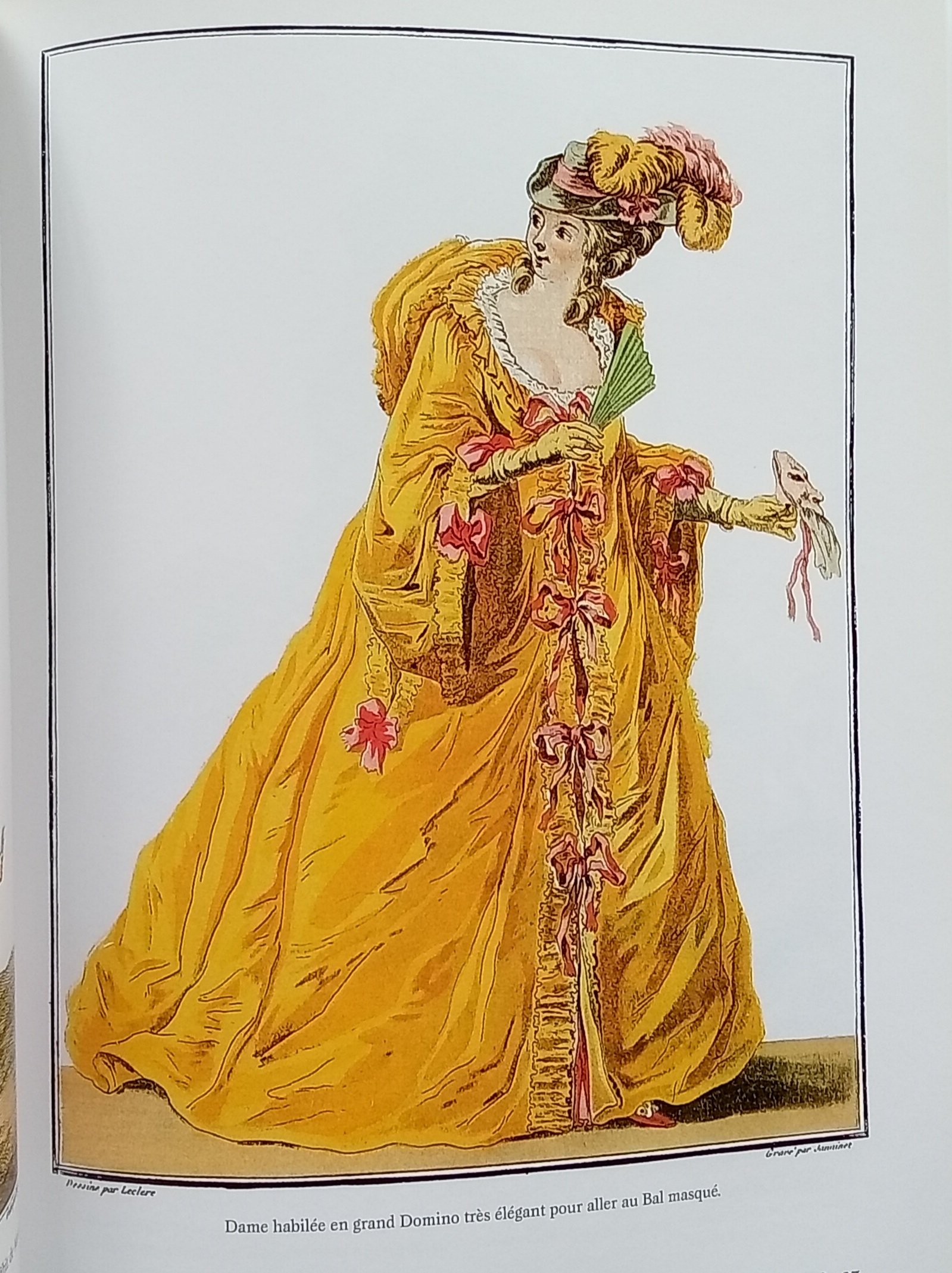 Image 13 of 23
Image 13 of 23

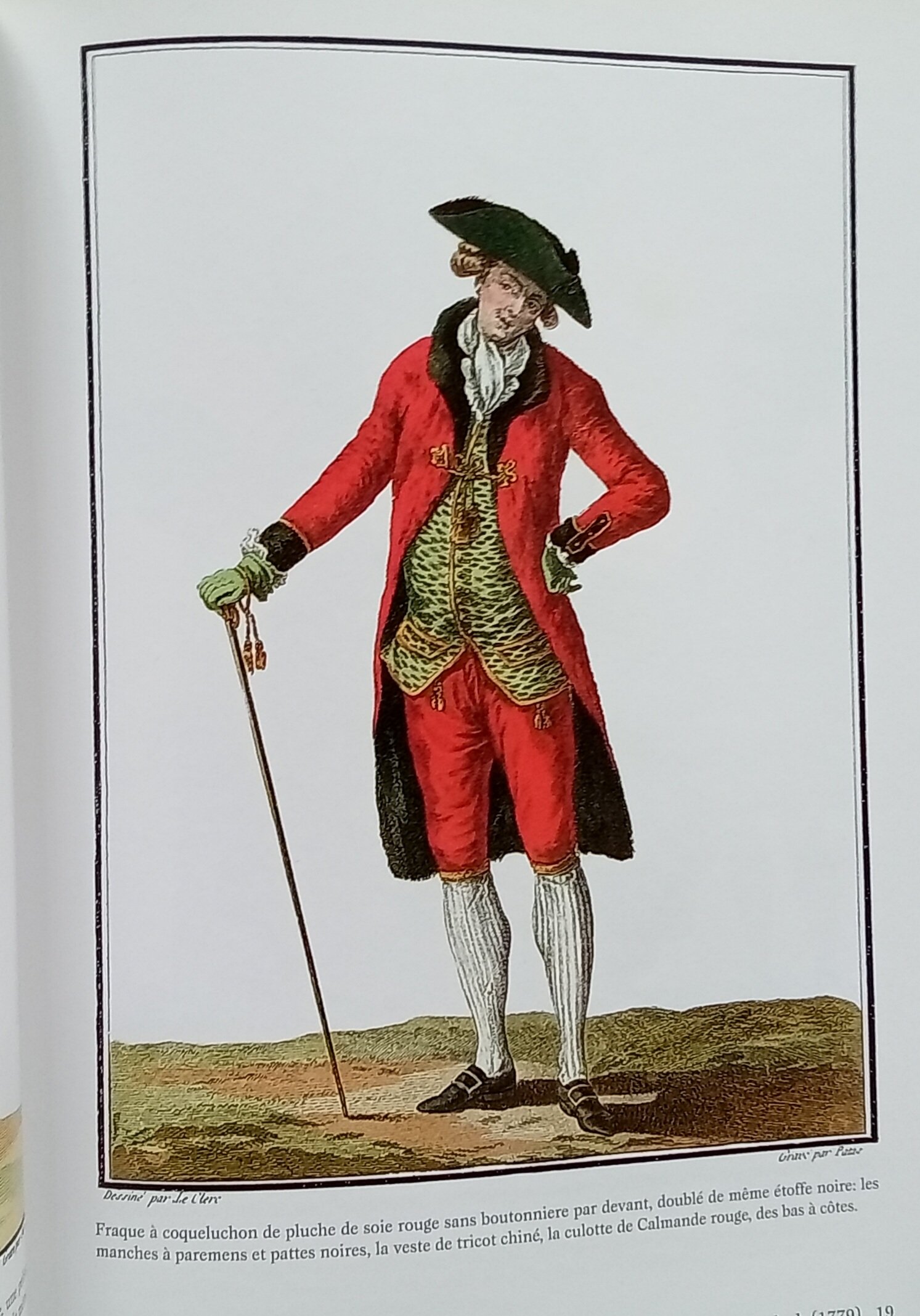 Image 14 of 23
Image 14 of 23

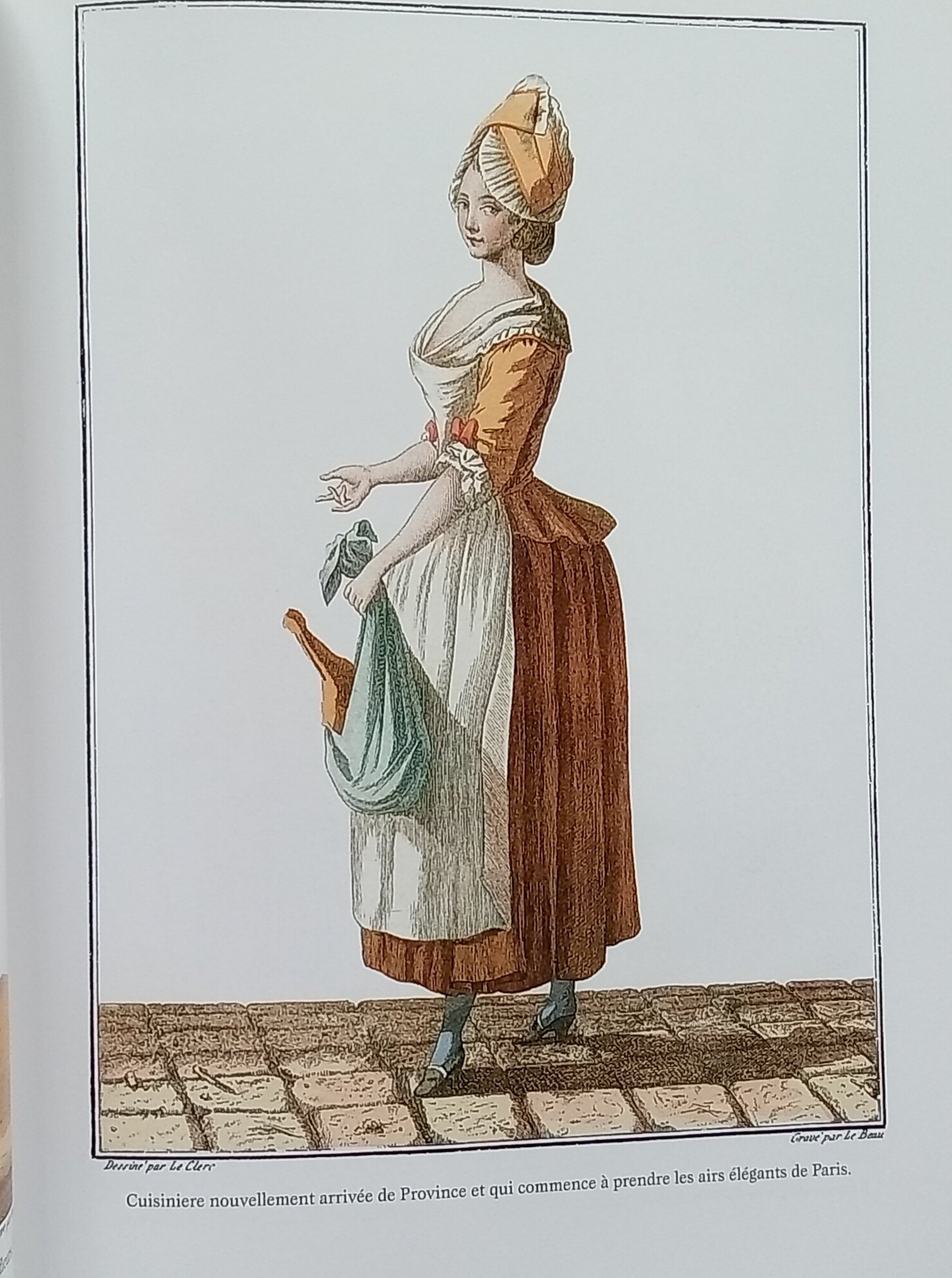 Image 15 of 23
Image 15 of 23

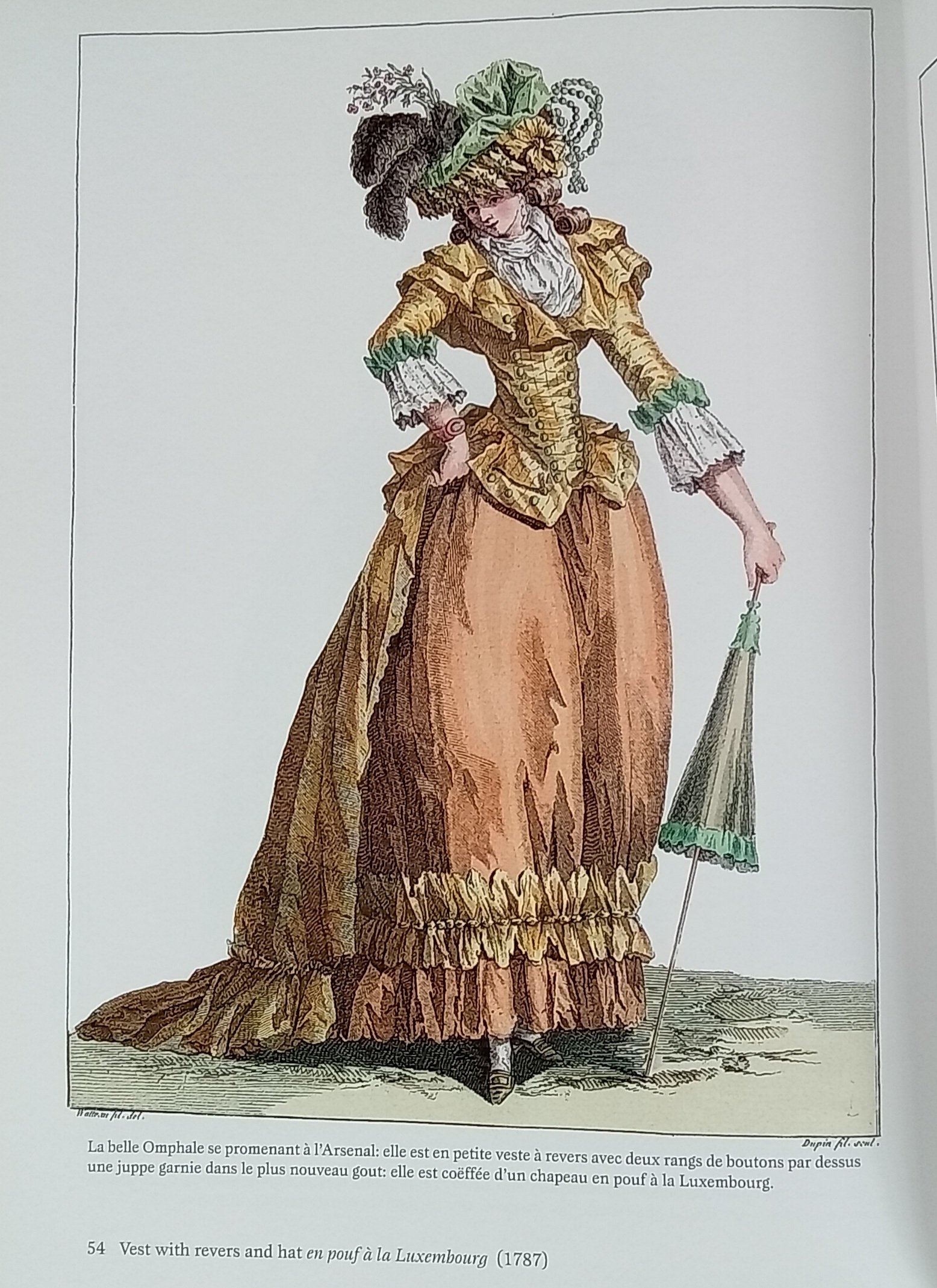 Image 16 of 23
Image 16 of 23

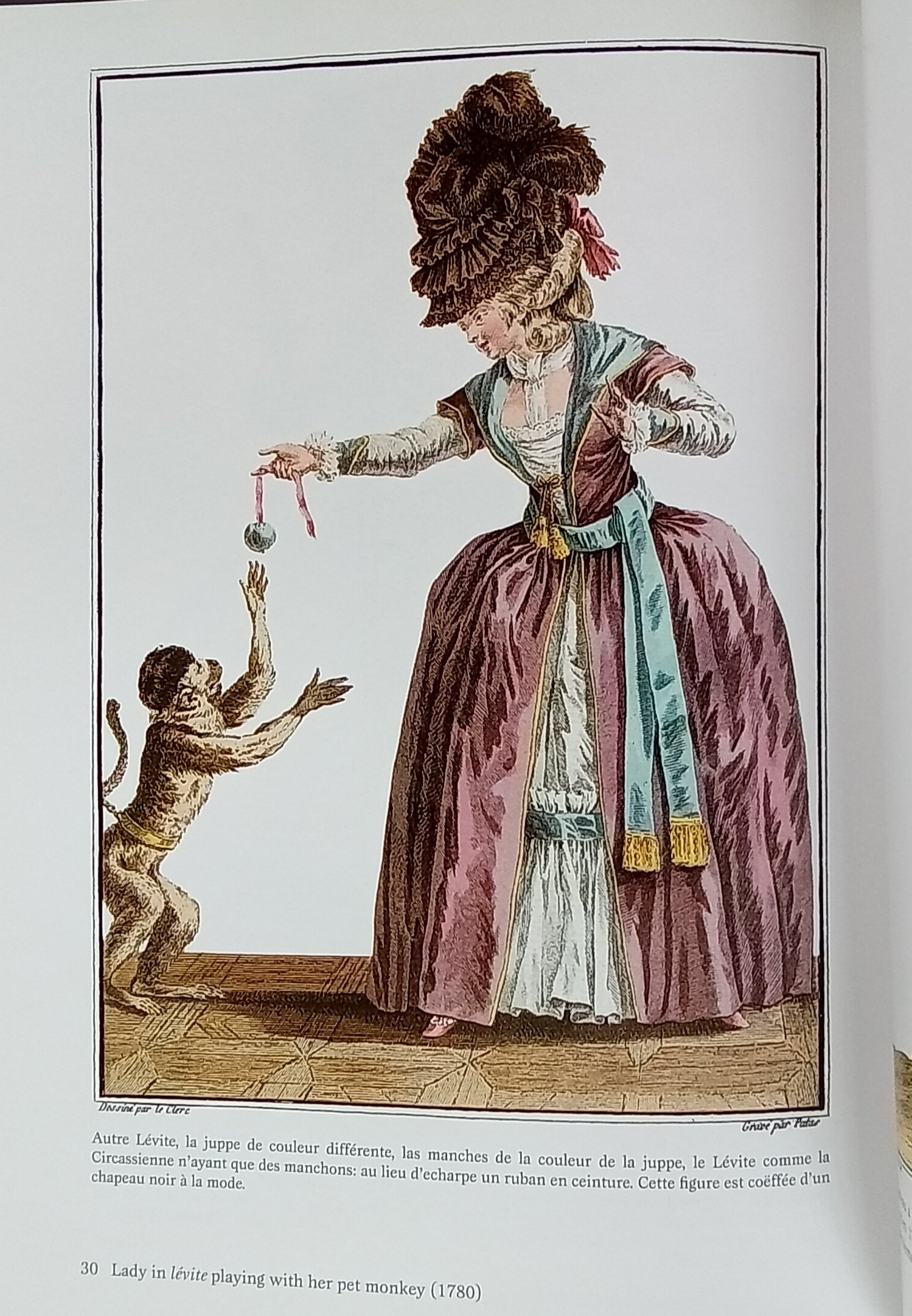 Image 17 of 23
Image 17 of 23

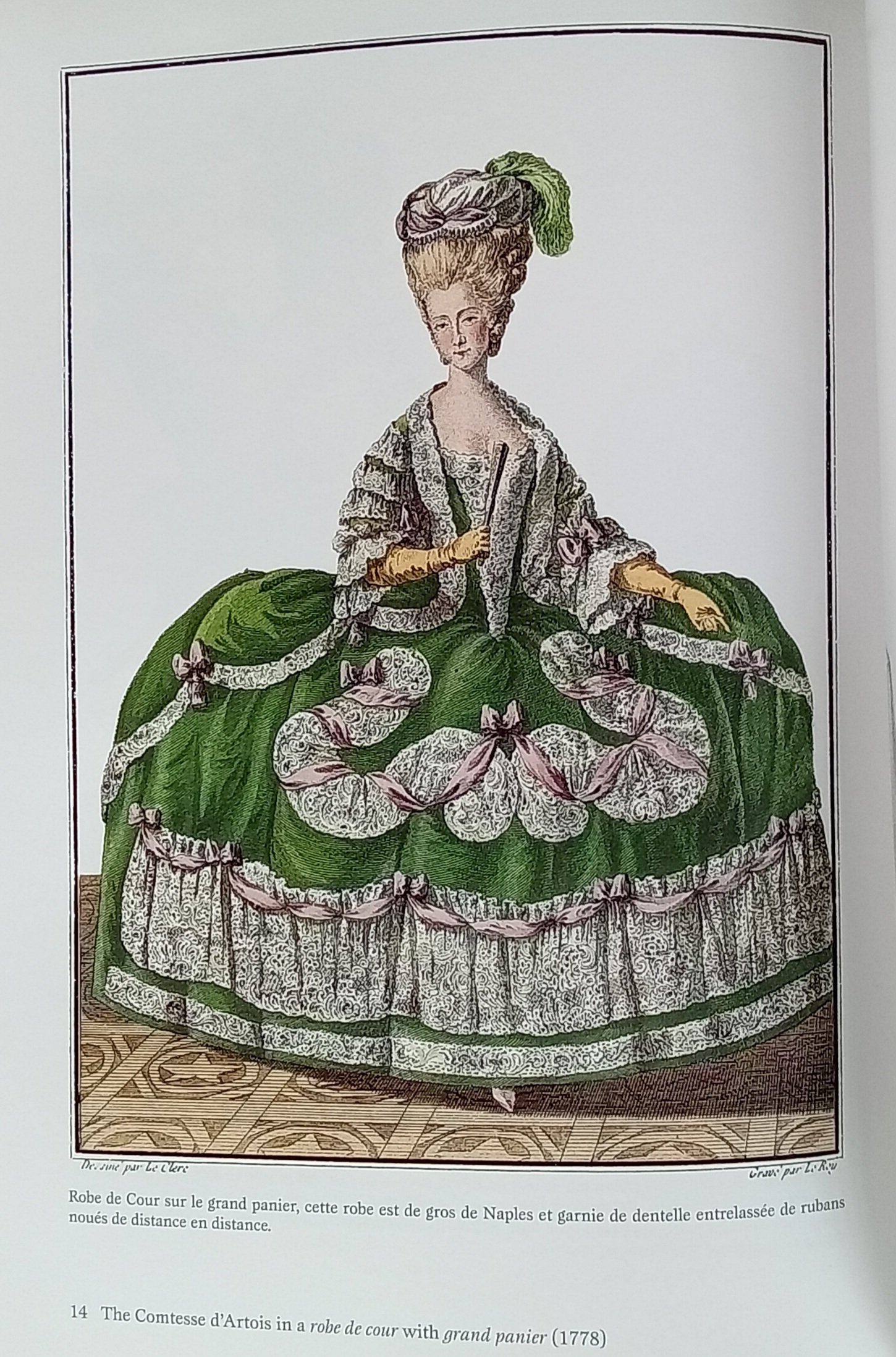 Image 18 of 23
Image 18 of 23

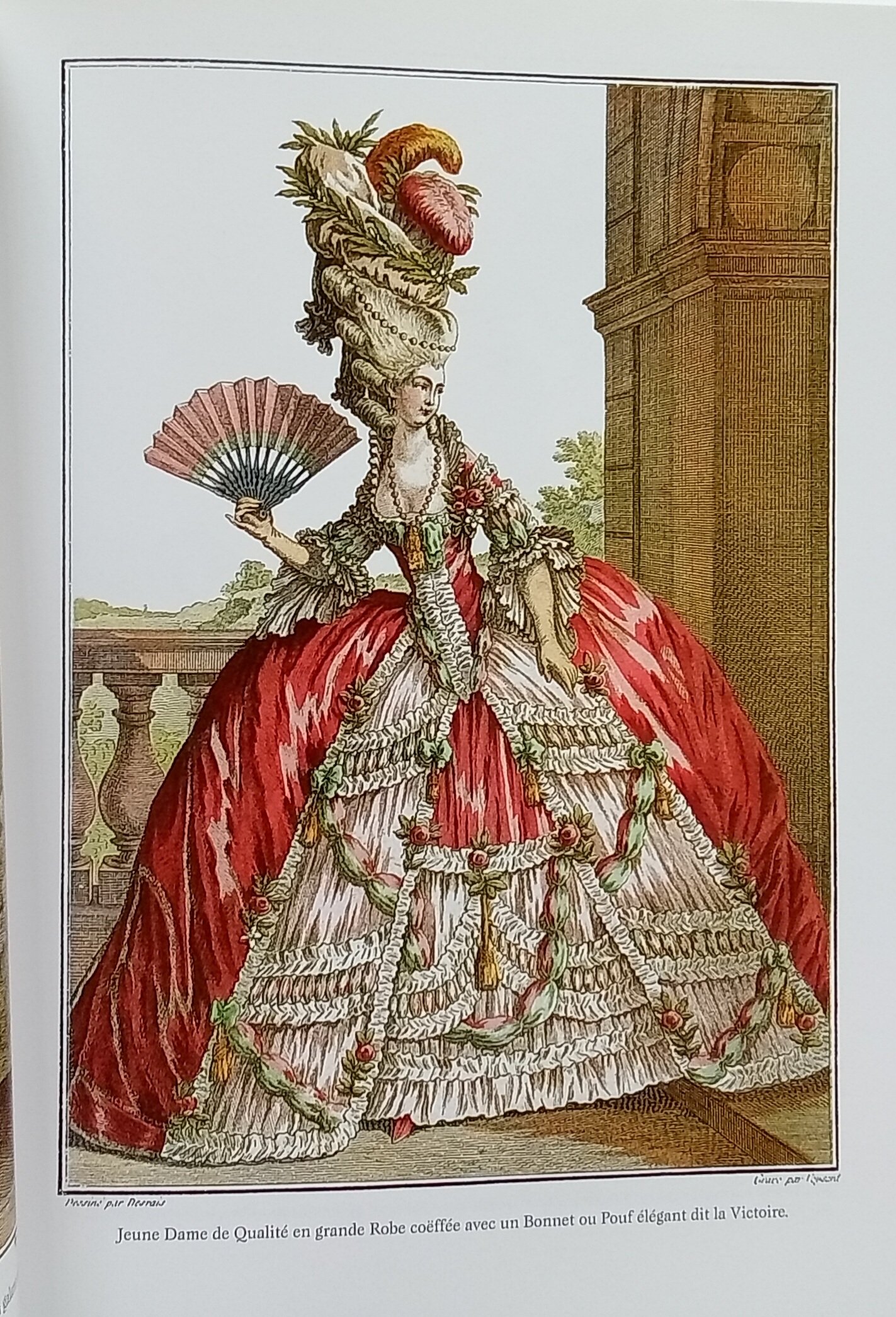 Image 19 of 23
Image 19 of 23

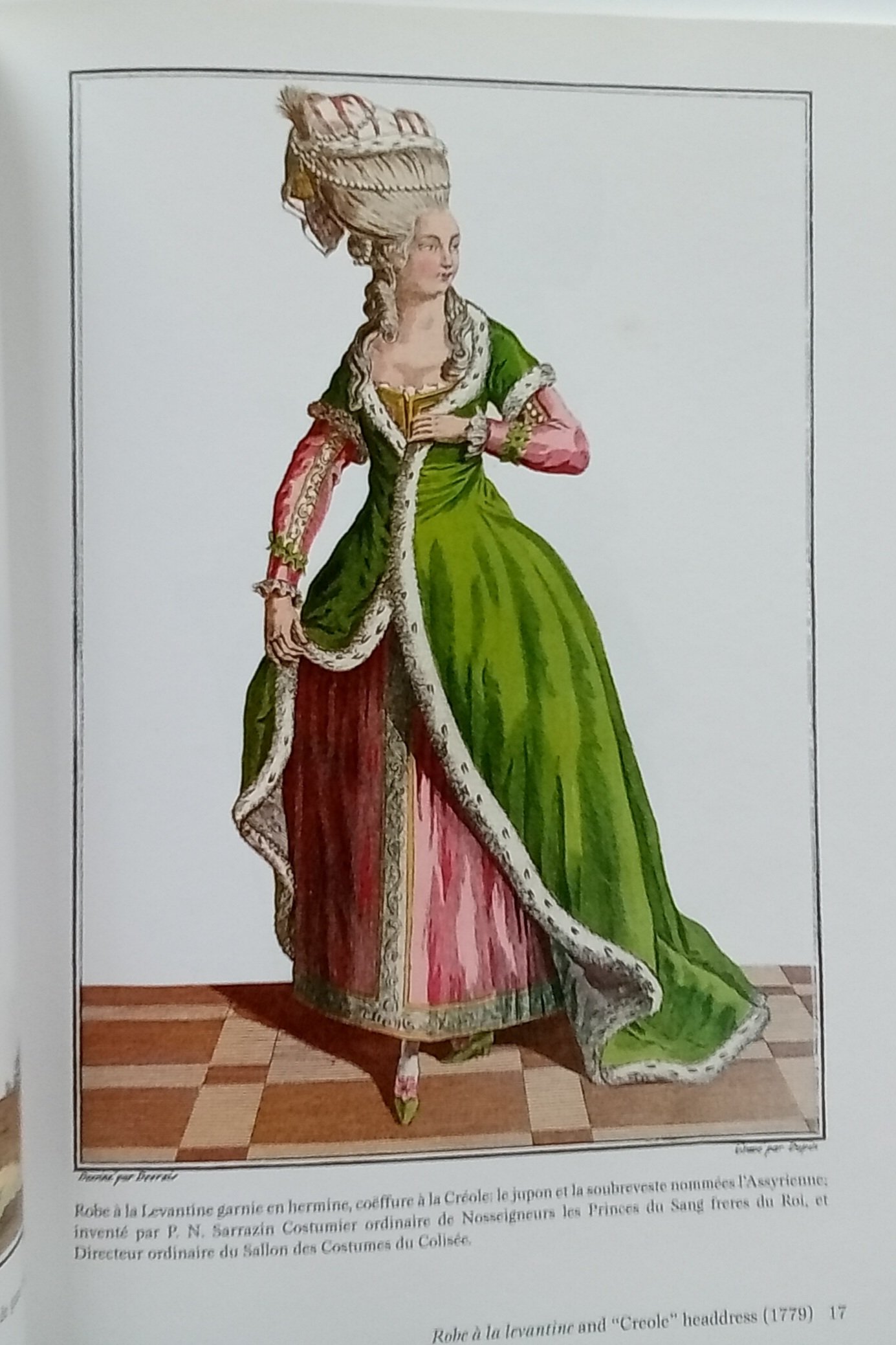 Image 20 of 23
Image 20 of 23

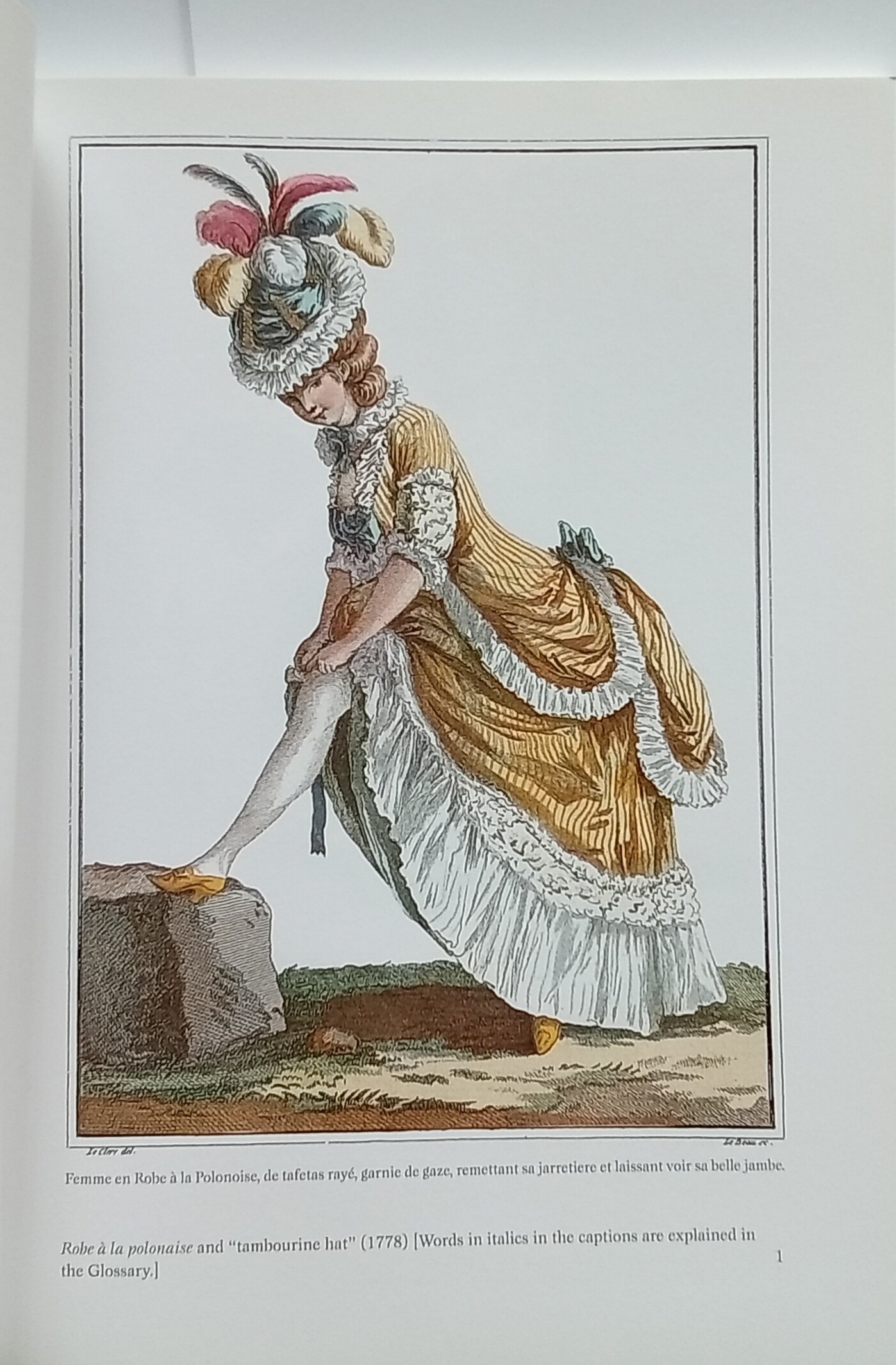 Image 21 of 23
Image 21 of 23

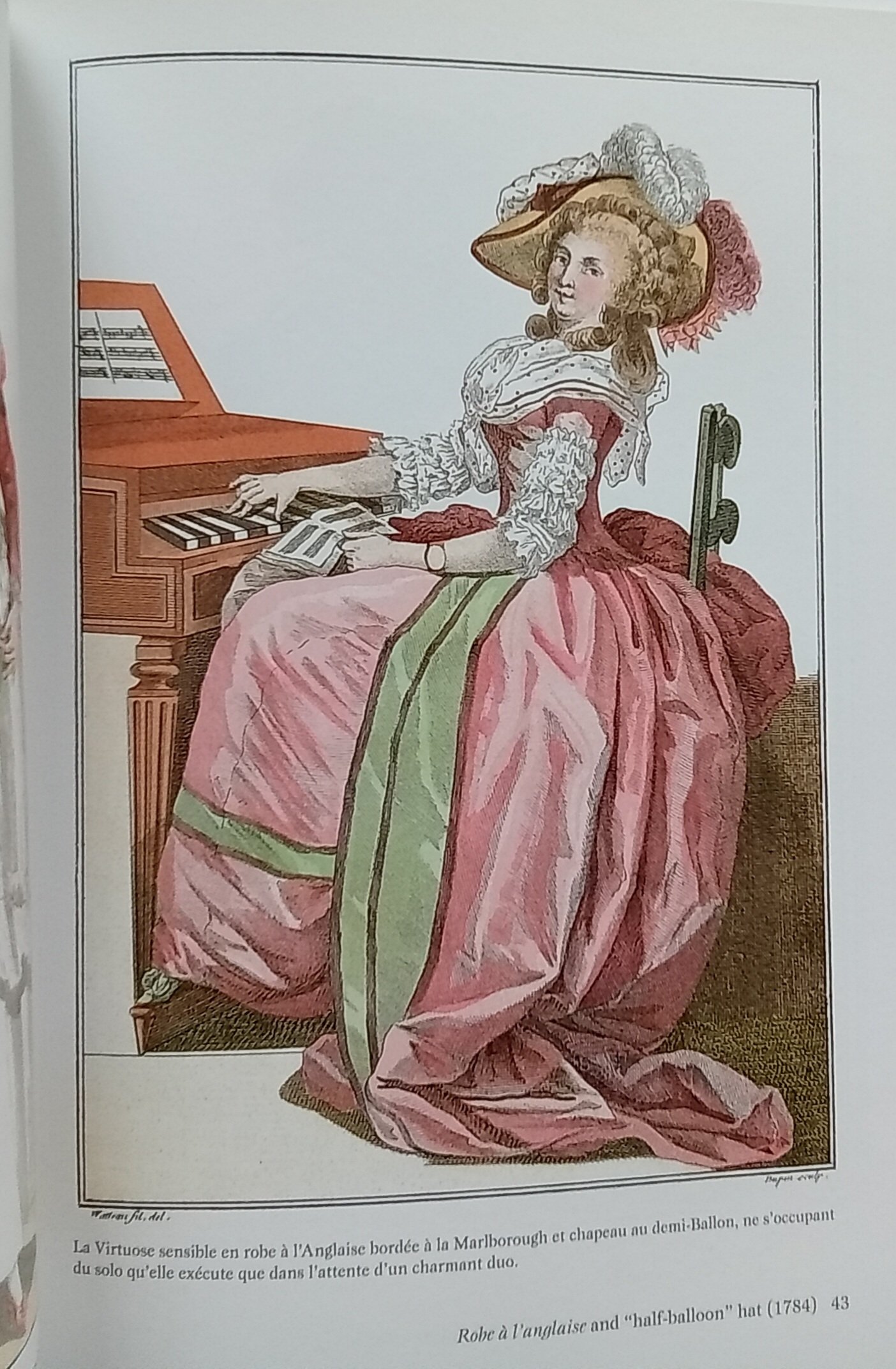 Image 22 of 23
Image 22 of 23

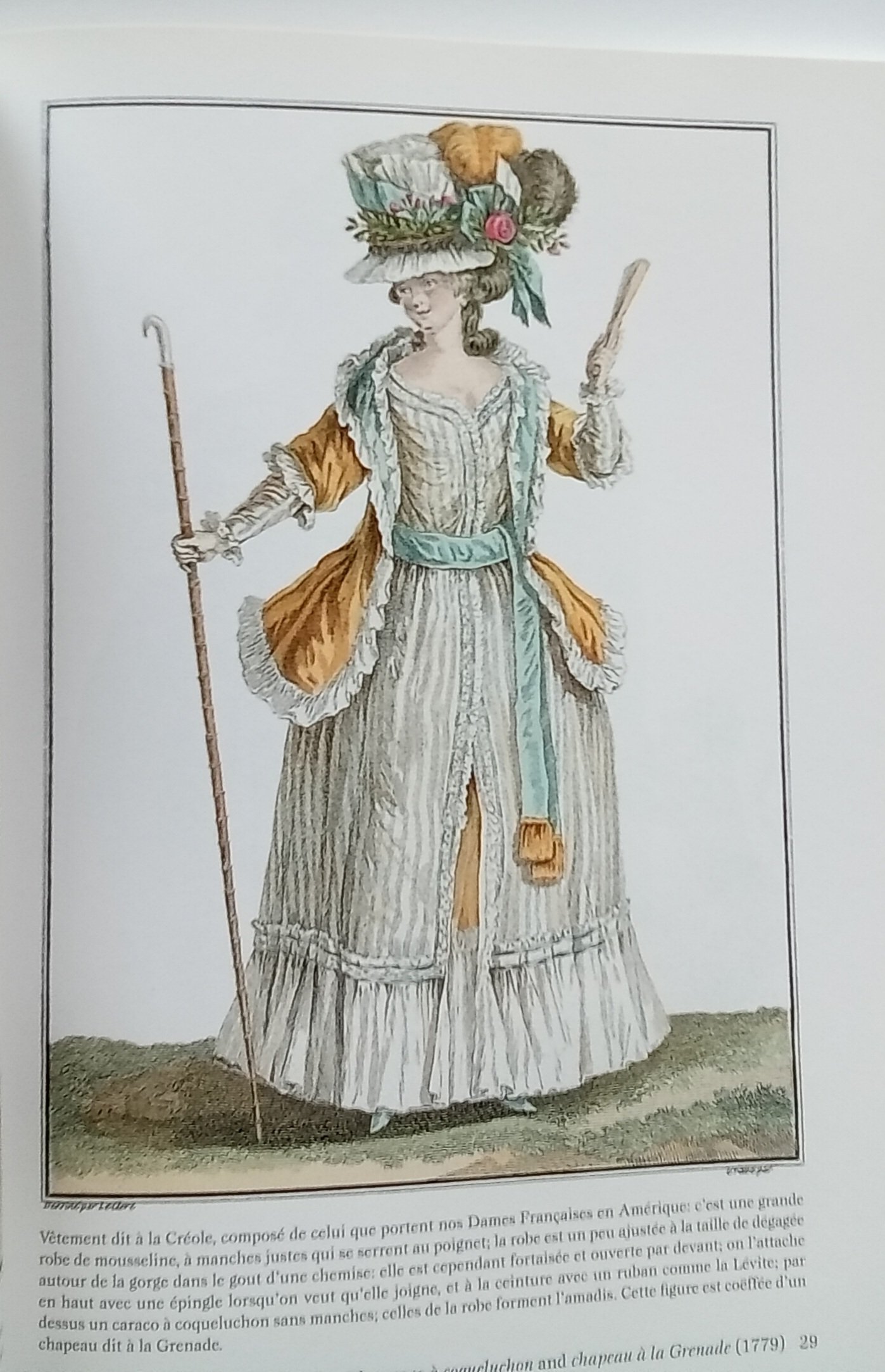 Image 23 of 23
Image 23 of 23
























Eighteenth Century French Fashion Plates in Full Color: 64 Engravings from the "Galerie des Modes", 1778-1787
The Galerie des Modes has been called the "most beautiful collection in existence on the fashions of the 18th century." Here are 64 of the finest plates, reproduced by costume historian Stella Blum. The Galerie des Modes has been called the "most beautiful collection in existence on the fashions of the eighteenth century." Published over a 10-year period, from 1778 to 1787, its plates were elegantly drawn, accurately engraved, and exquisitely hand colored by the most celebrated fashion artists of the era. This monument to costume illustration was reproduced by Emile L?vy in Paris between 1911 and 1914. Here are 64 of the finest plates from the Levy edition, reproduced faithfully from the originals.
64 pages. 8.5x11…
Selected by costume historian Stella Blum, they offer a splendid representation of French fashion in the late eighteenth century. … women's costume of the dress of servants and country women; the exotic costumes of actresses; and the simpler, more practical English styles. Men's fashions were also affected by the English as well as by the exaggerated Italianate fashions sported by foppish "macaronis." Children's fashions include the one-piece mantelot, interesting as a forerunner of the attire of the sans-culottes. Special fashion terms, many of which have been obscured by time, are defined in a Glossary.
The Galerie des Modes has been called the "most beautiful collection in existence on the fashions of the 18th century." Here are 64 of the finest plates, reproduced by costume historian Stella Blum. The Galerie des Modes has been called the "most beautiful collection in existence on the fashions of the eighteenth century." Published over a 10-year period, from 1778 to 1787, its plates were elegantly drawn, accurately engraved, and exquisitely hand colored by the most celebrated fashion artists of the era. This monument to costume illustration was reproduced by Emile L?vy in Paris between 1911 and 1914. Here are 64 of the finest plates from the Levy edition, reproduced faithfully from the originals.
64 pages. 8.5x11…
Selected by costume historian Stella Blum, they offer a splendid representation of French fashion in the late eighteenth century. … women's costume of the dress of servants and country women; the exotic costumes of actresses; and the simpler, more practical English styles. Men's fashions were also affected by the English as well as by the exaggerated Italianate fashions sported by foppish "macaronis." Children's fashions include the one-piece mantelot, interesting as a forerunner of the attire of the sans-culottes. Special fashion terms, many of which have been obscured by time, are defined in a Glossary.
The Galerie des Modes has been called the "most beautiful collection in existence on the fashions of the 18th century." Here are 64 of the finest plates, reproduced by costume historian Stella Blum. The Galerie des Modes has been called the "most beautiful collection in existence on the fashions of the eighteenth century." Published over a 10-year period, from 1778 to 1787, its plates were elegantly drawn, accurately engraved, and exquisitely hand colored by the most celebrated fashion artists of the era. This monument to costume illustration was reproduced by Emile L?vy in Paris between 1911 and 1914. Here are 64 of the finest plates from the Levy edition, reproduced faithfully from the originals.
64 pages. 8.5x11…
Selected by costume historian Stella Blum, they offer a splendid representation of French fashion in the late eighteenth century. … women's costume of the dress of servants and country women; the exotic costumes of actresses; and the simpler, more practical English styles. Men's fashions were also affected by the English as well as by the exaggerated Italianate fashions sported by foppish "macaronis." Children's fashions include the one-piece mantelot, interesting as a forerunner of the attire of the sans-culottes. Special fashion terms, many of which have been obscured by time, are defined in a Glossary.


















